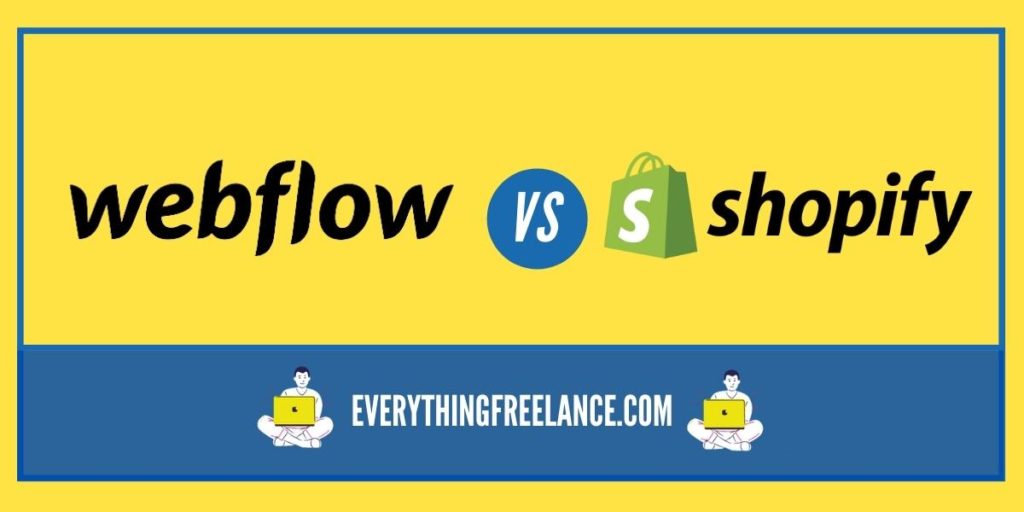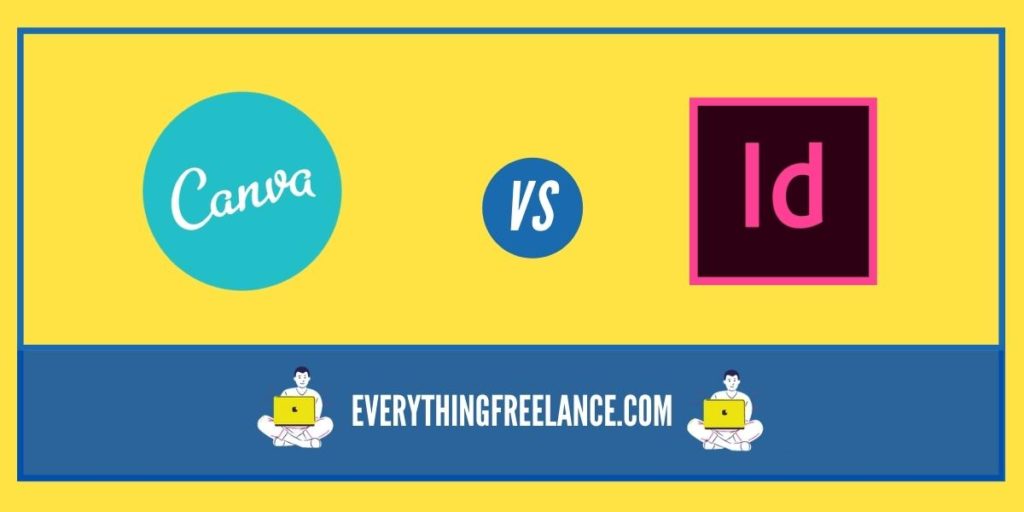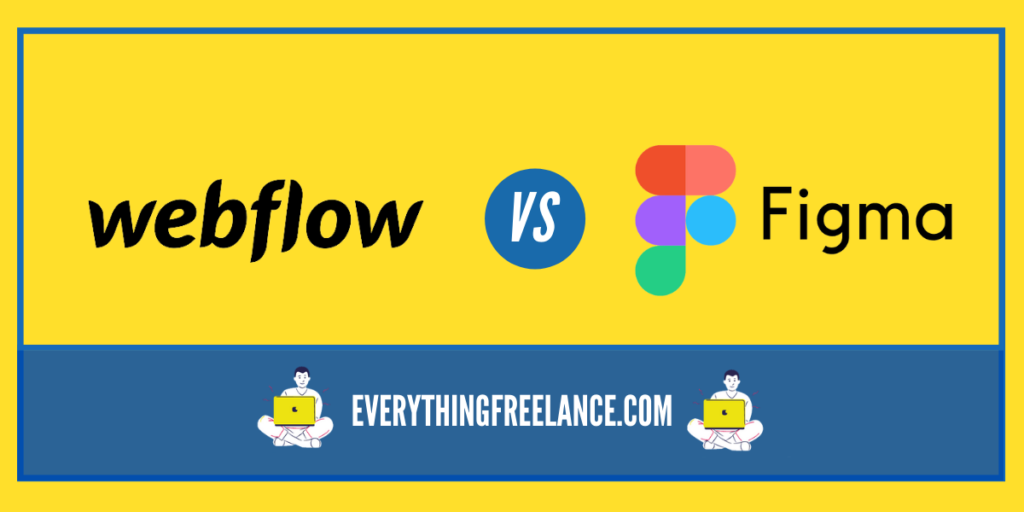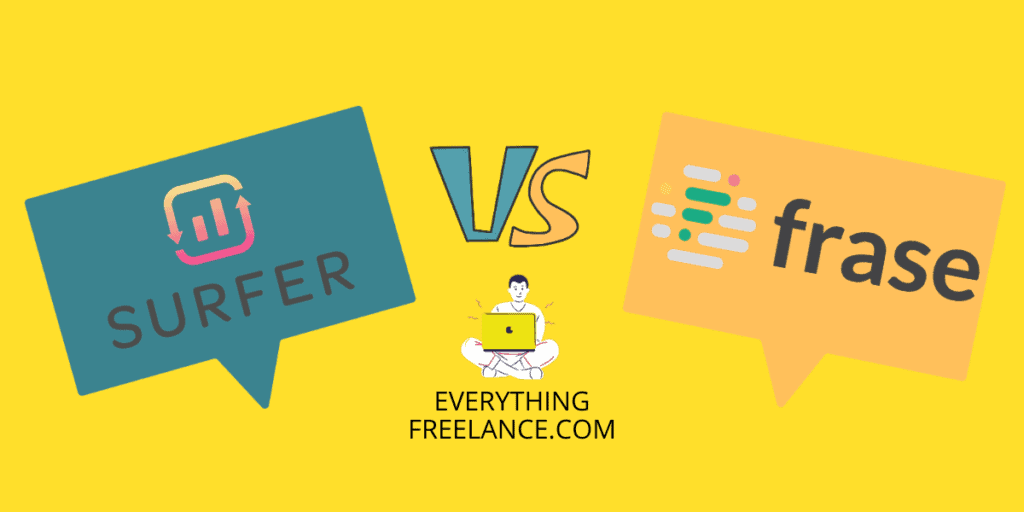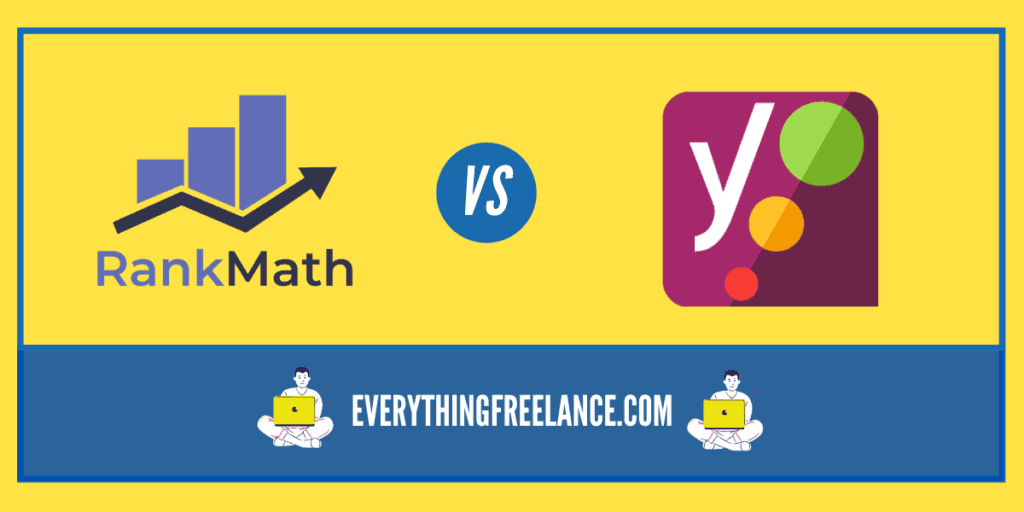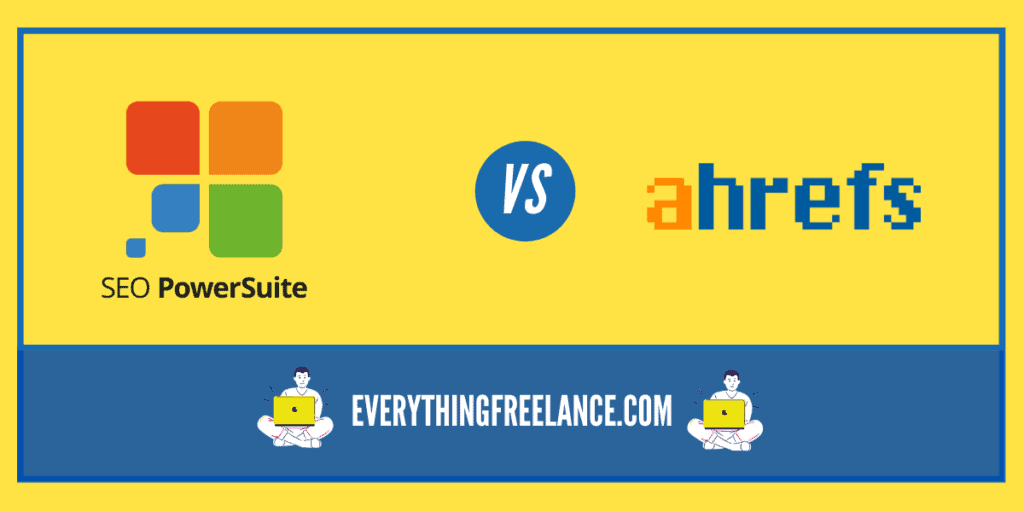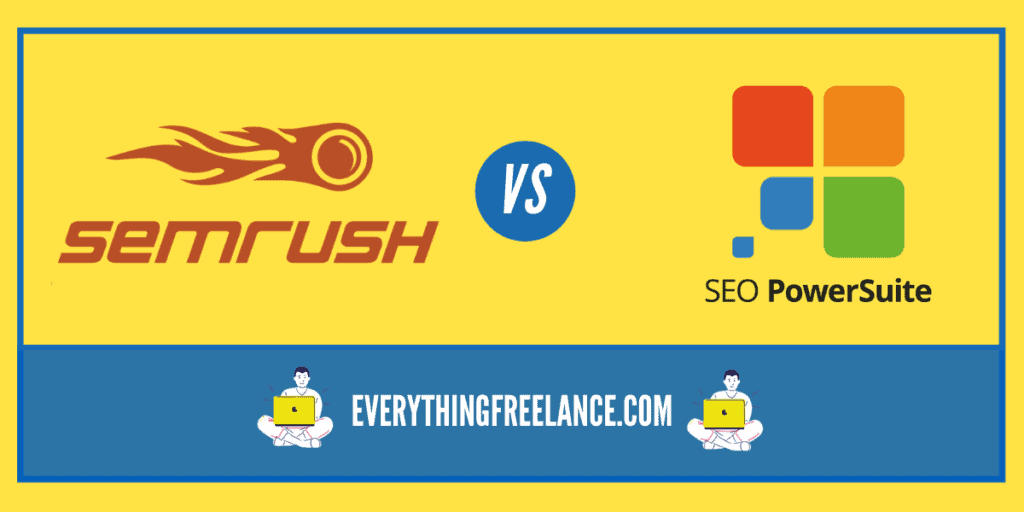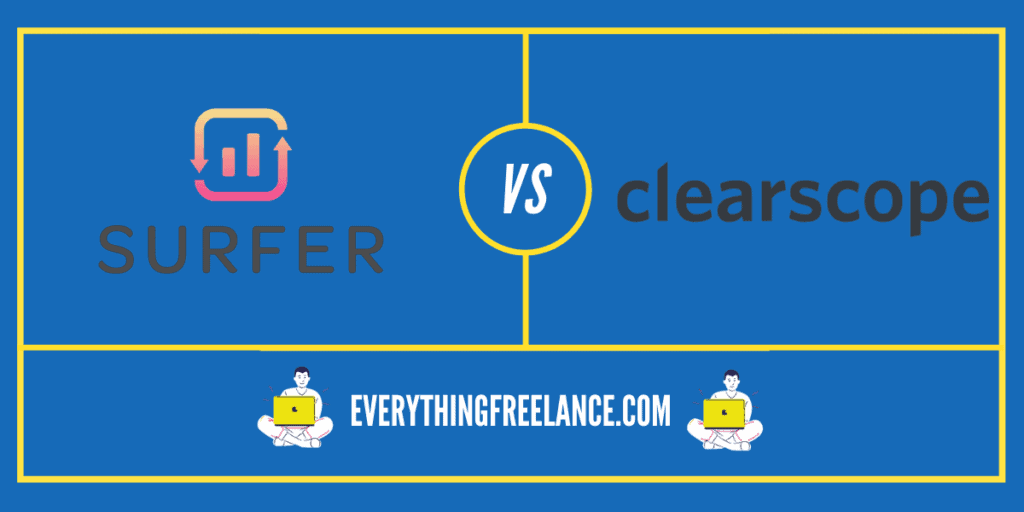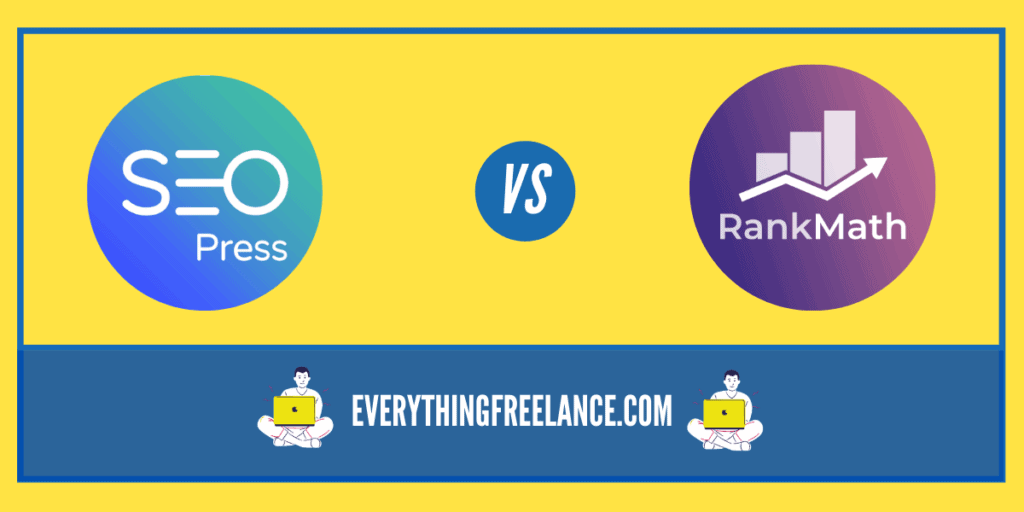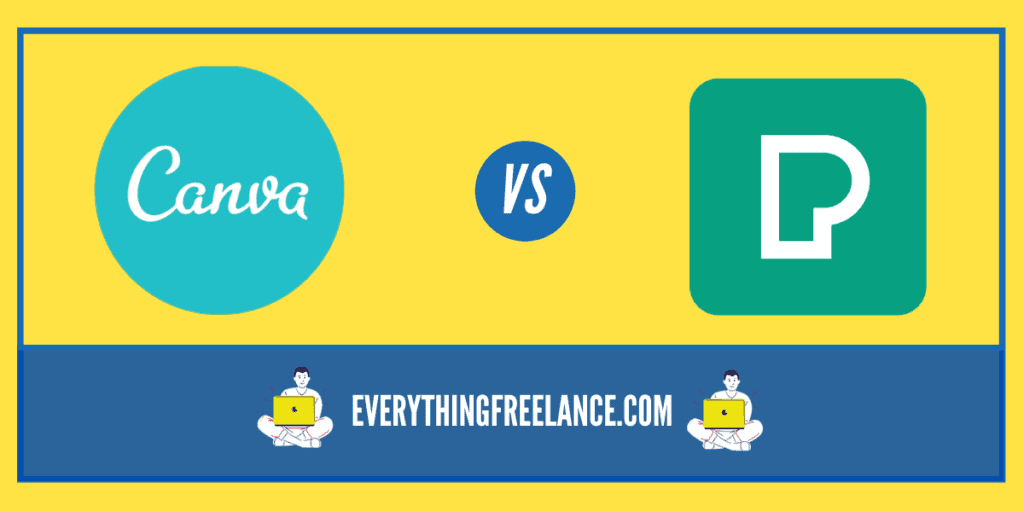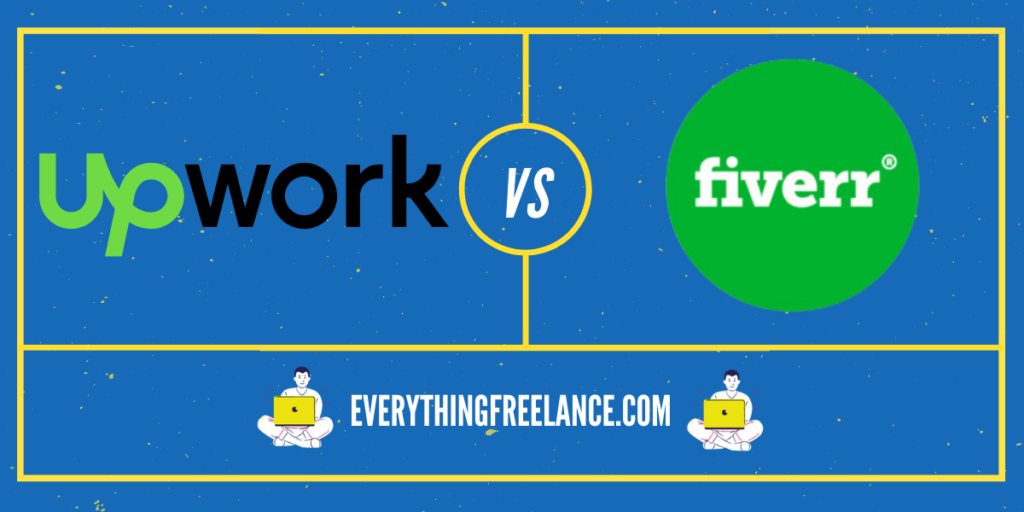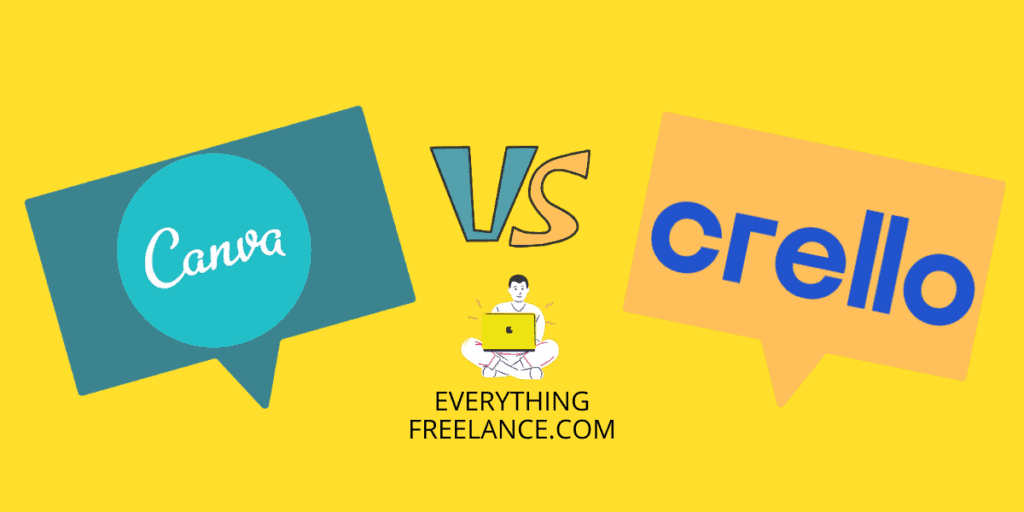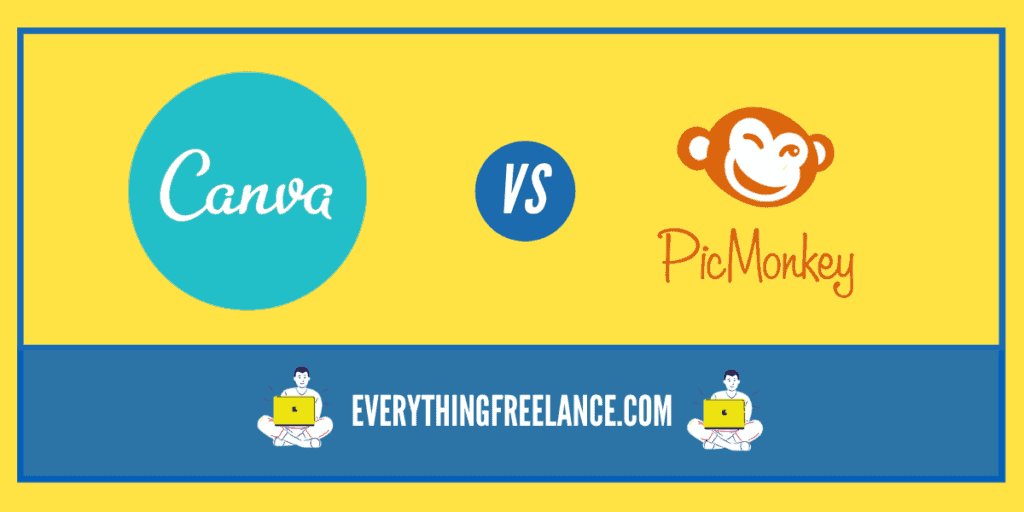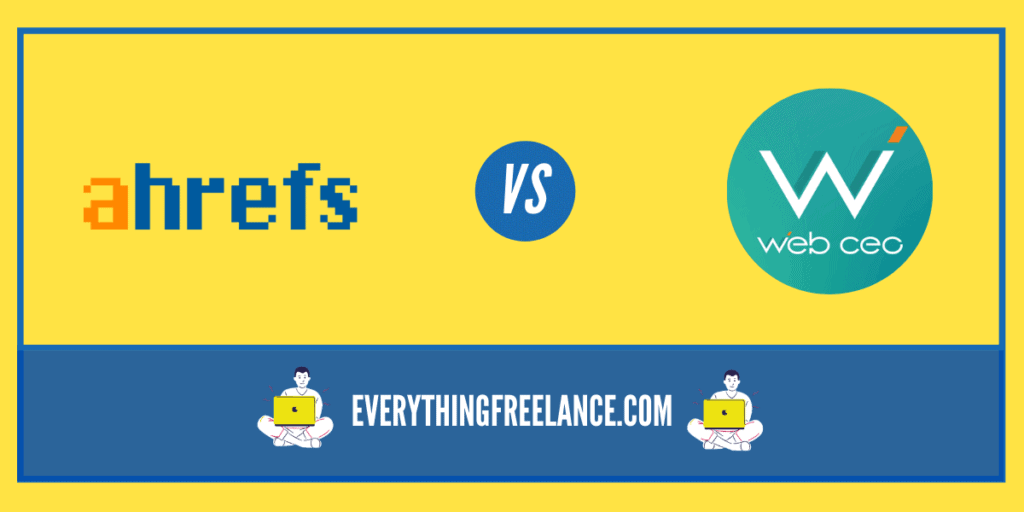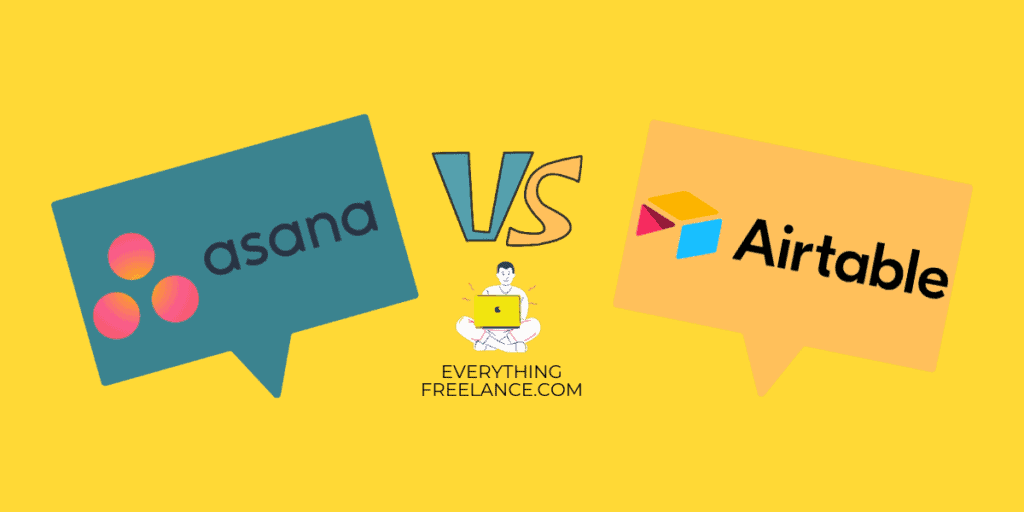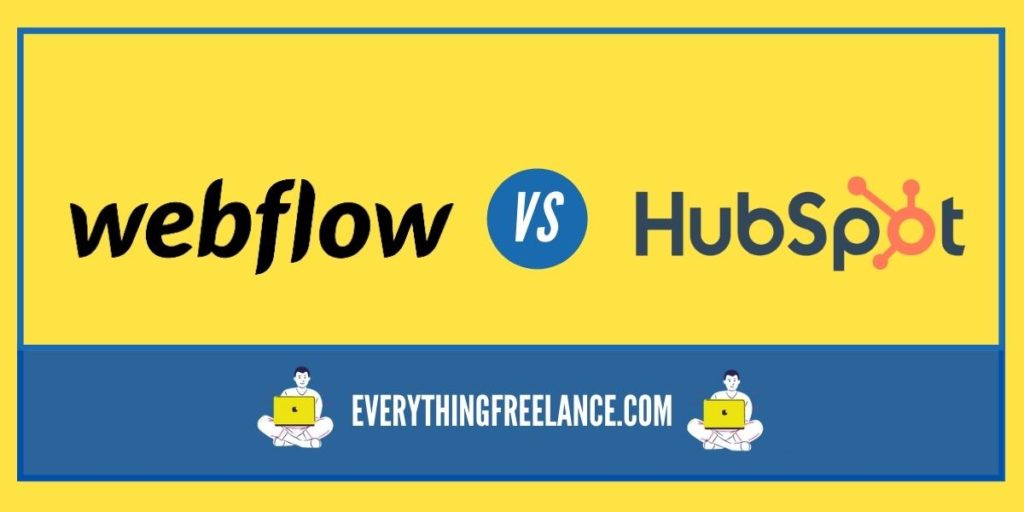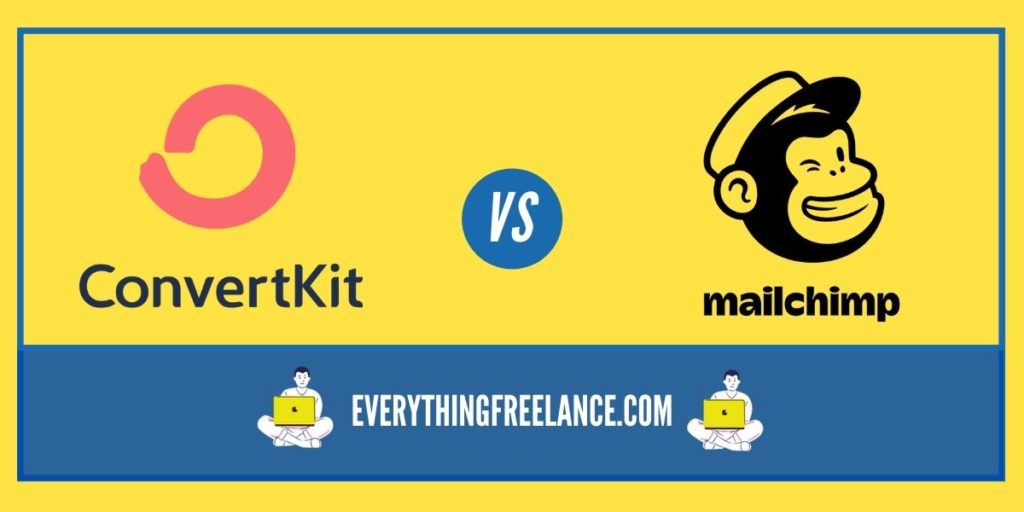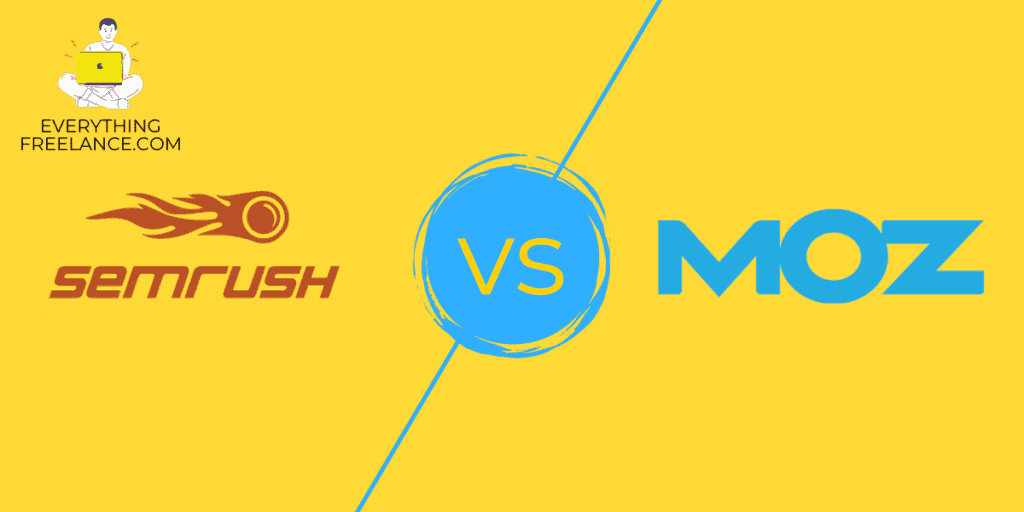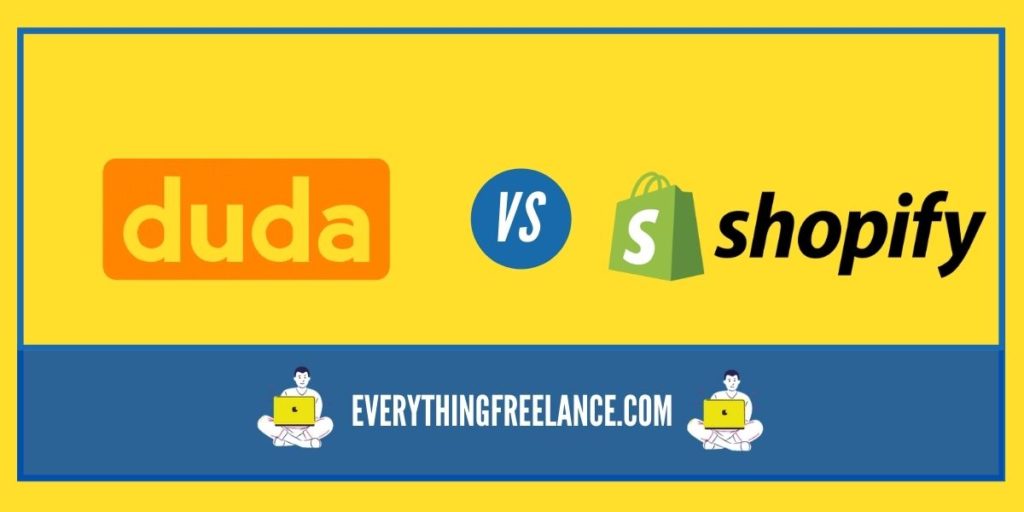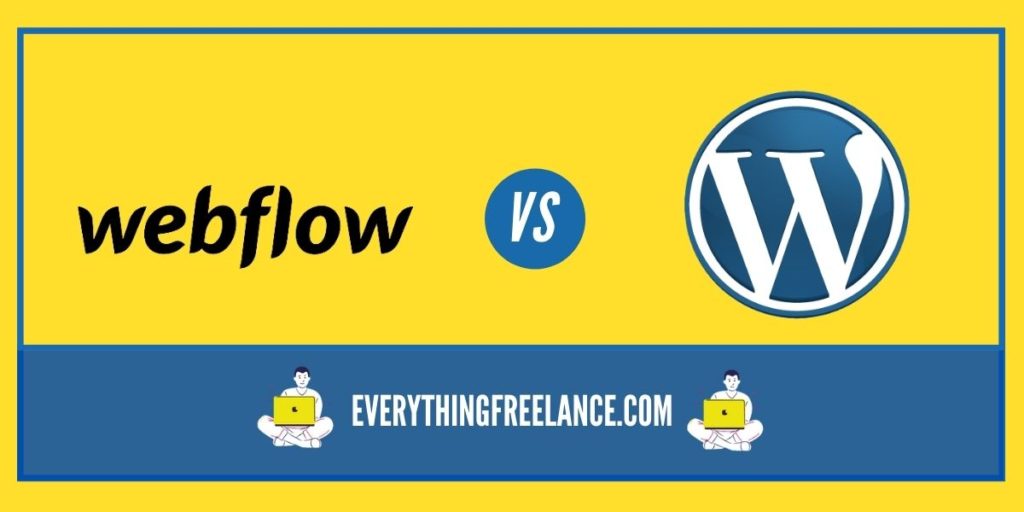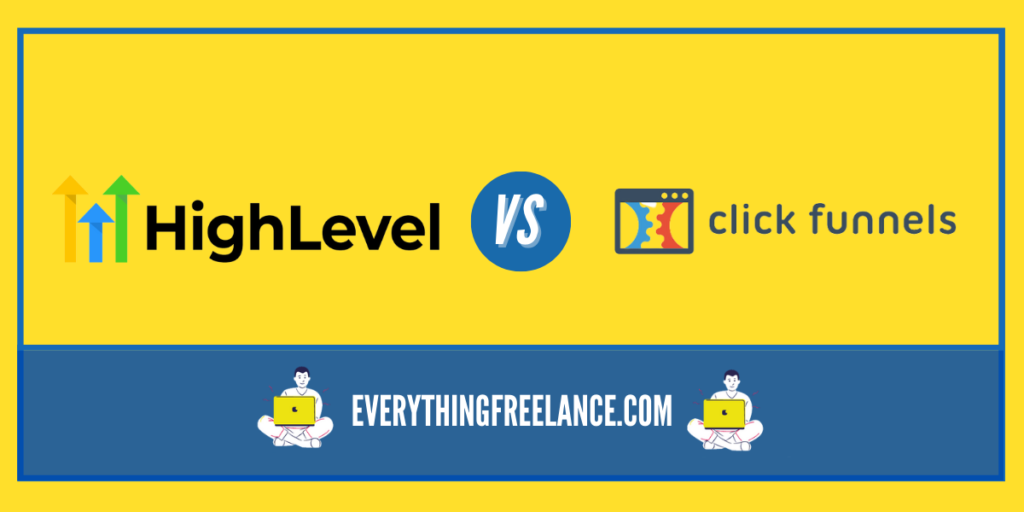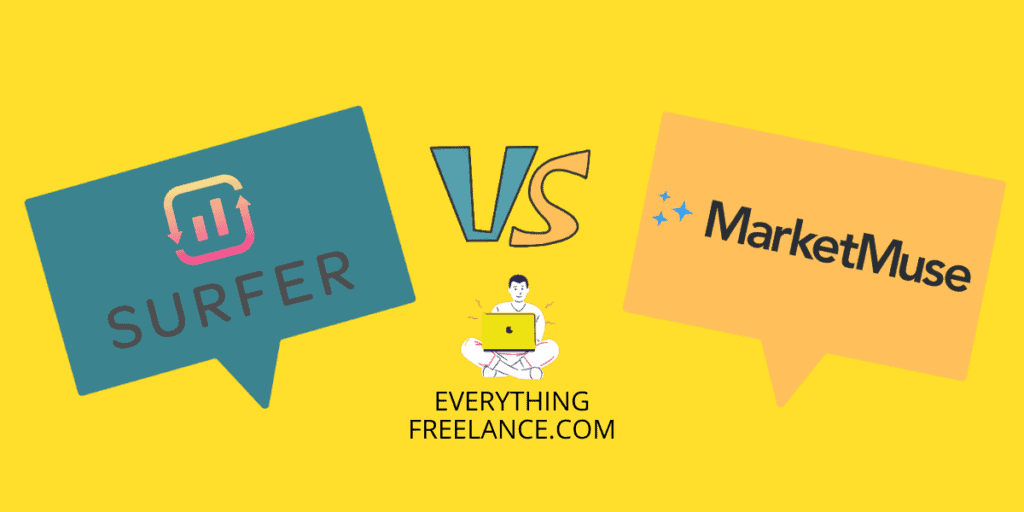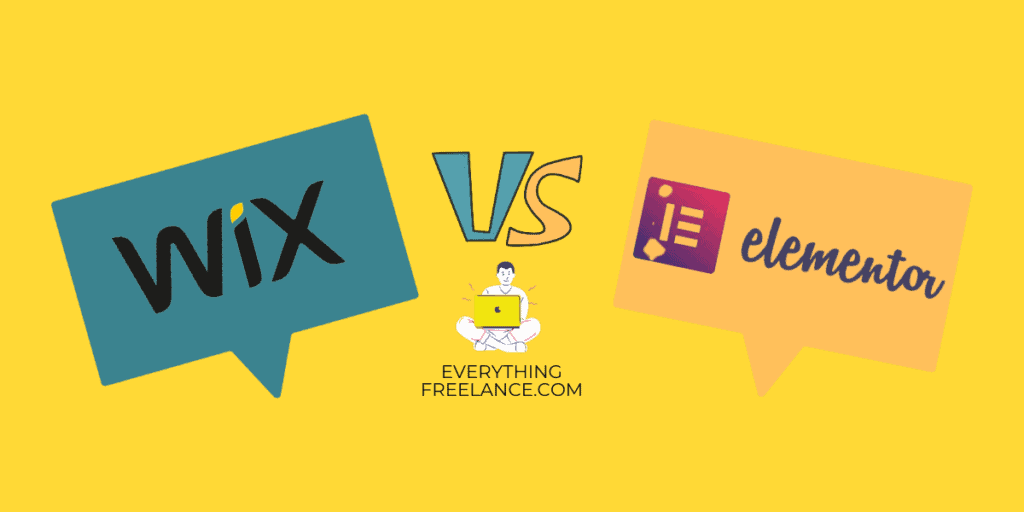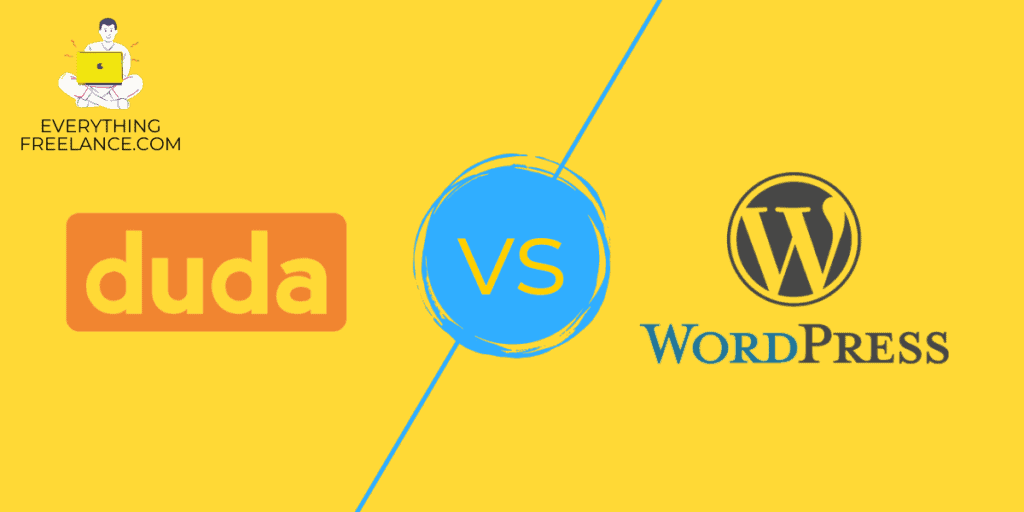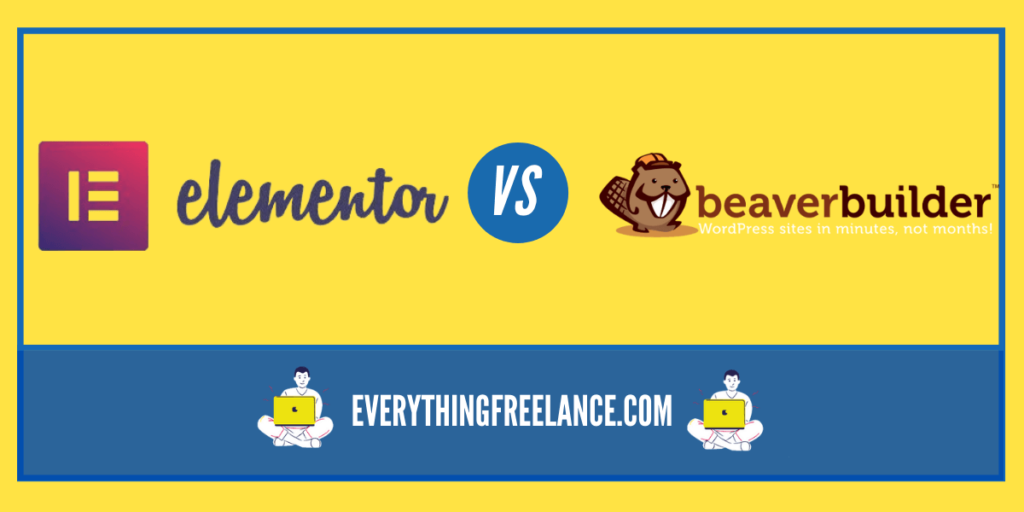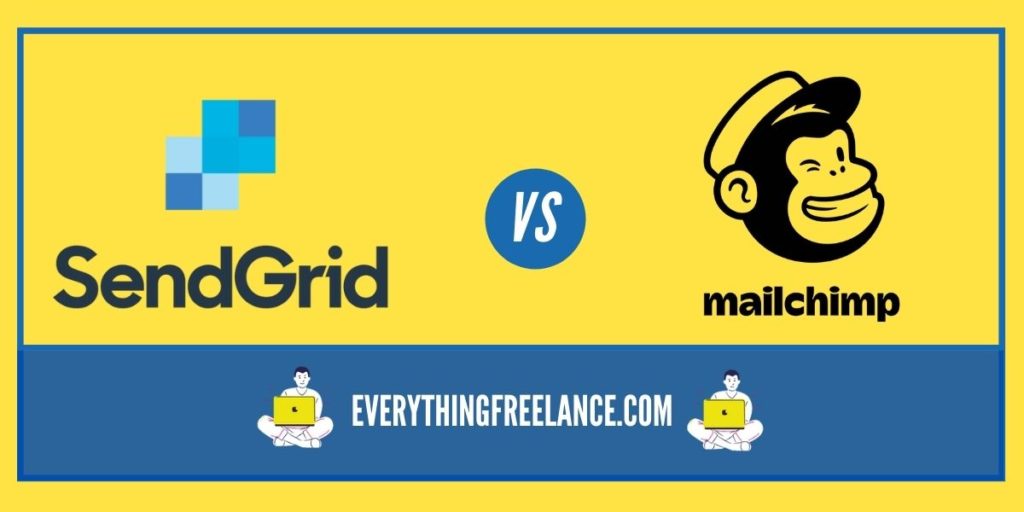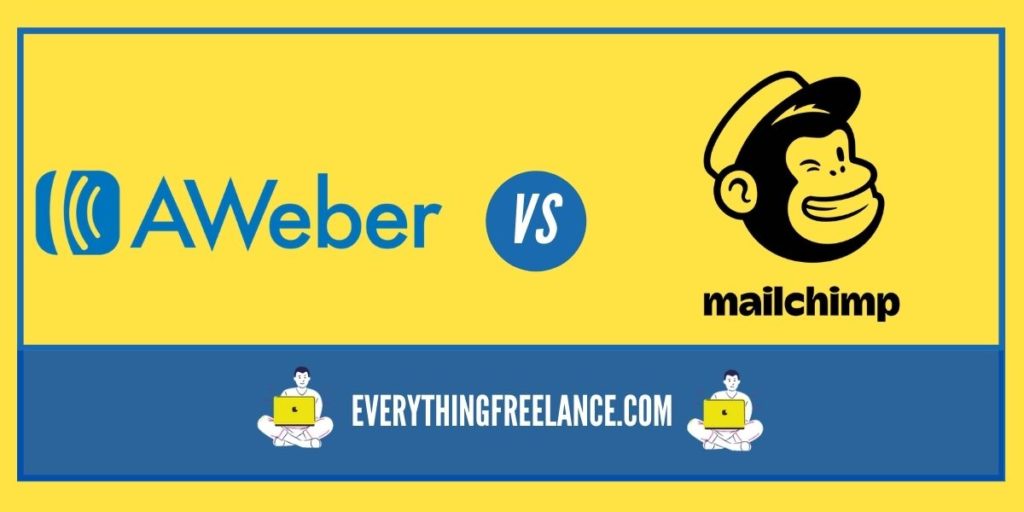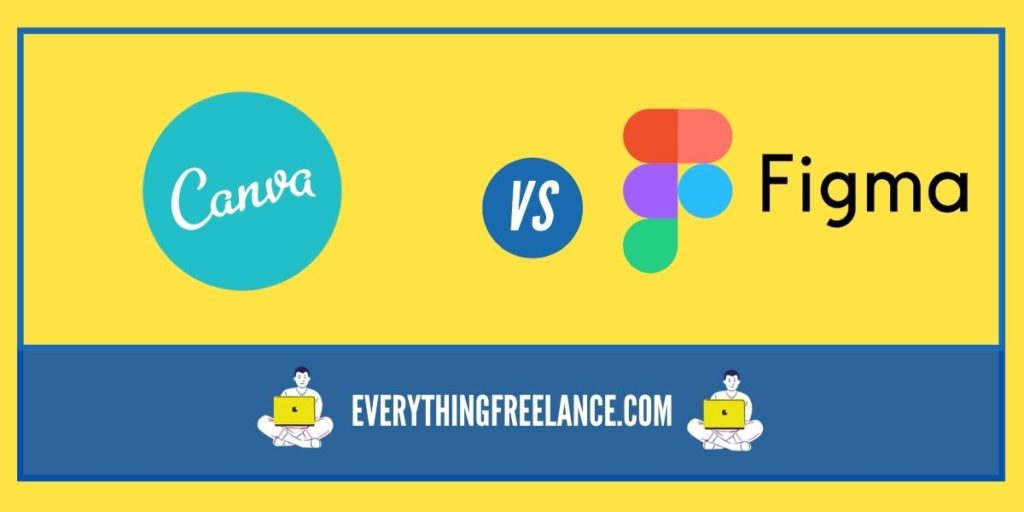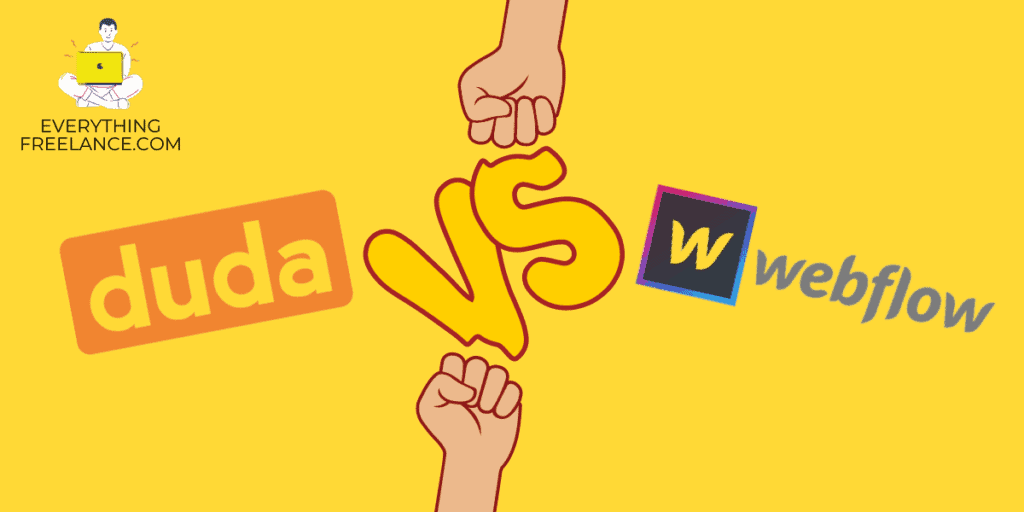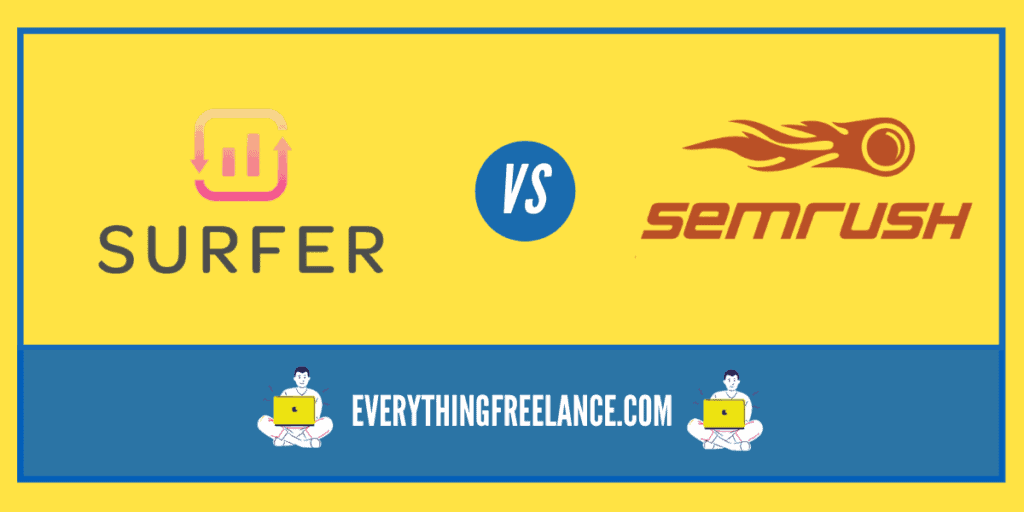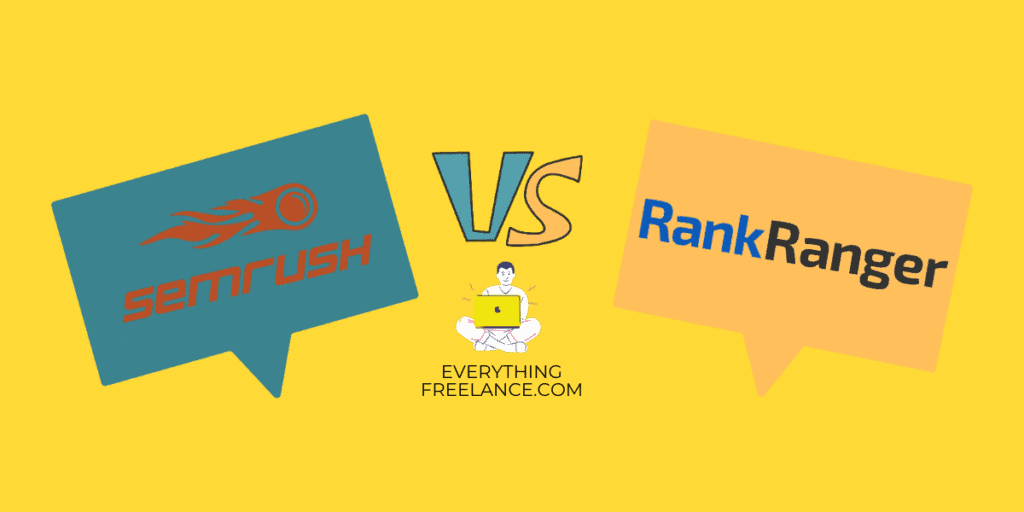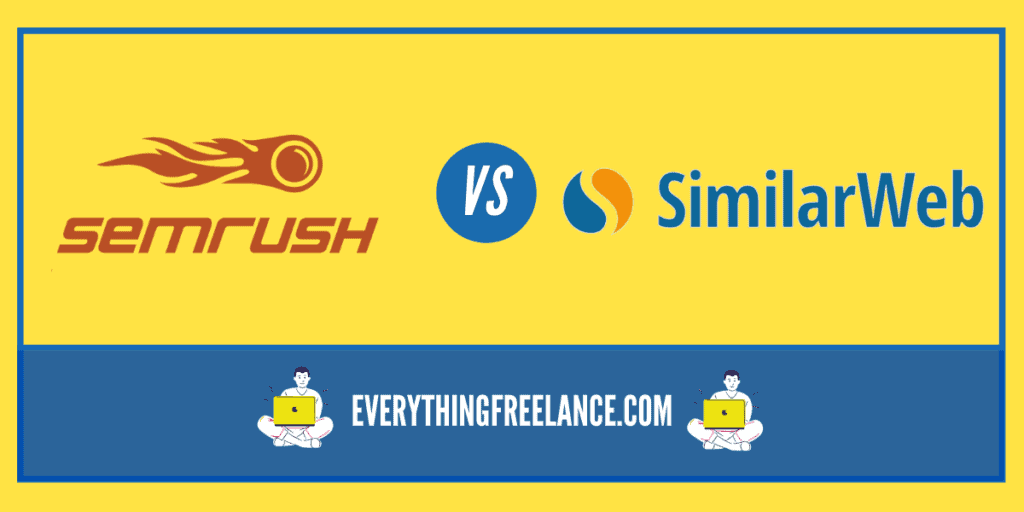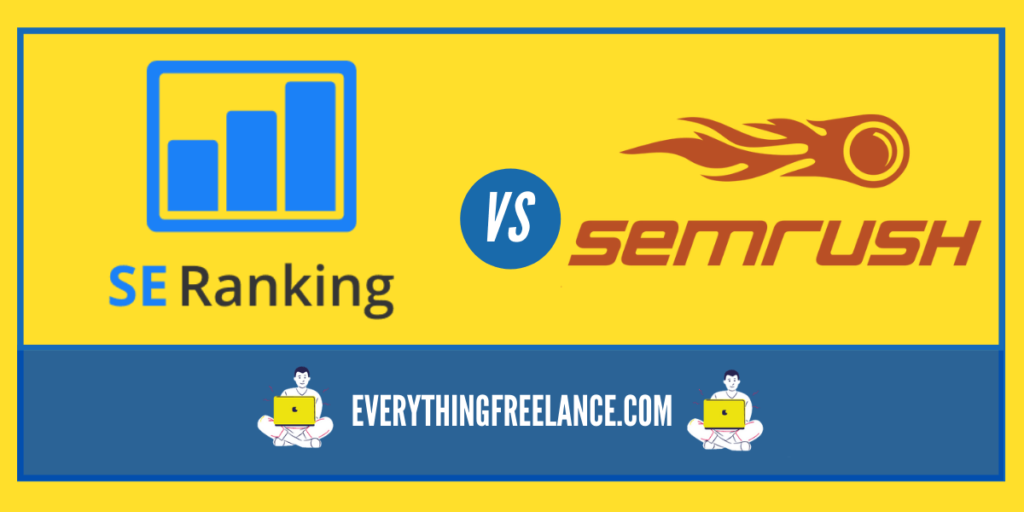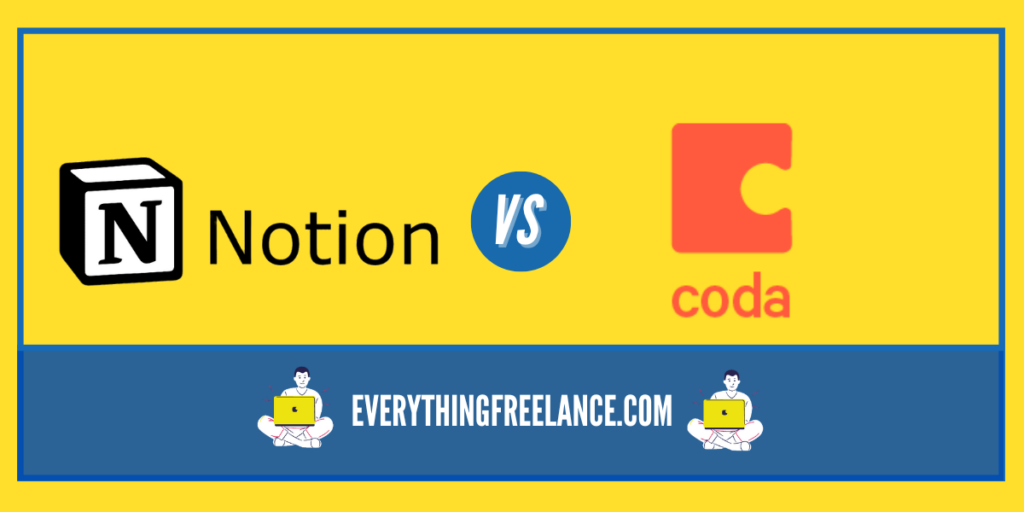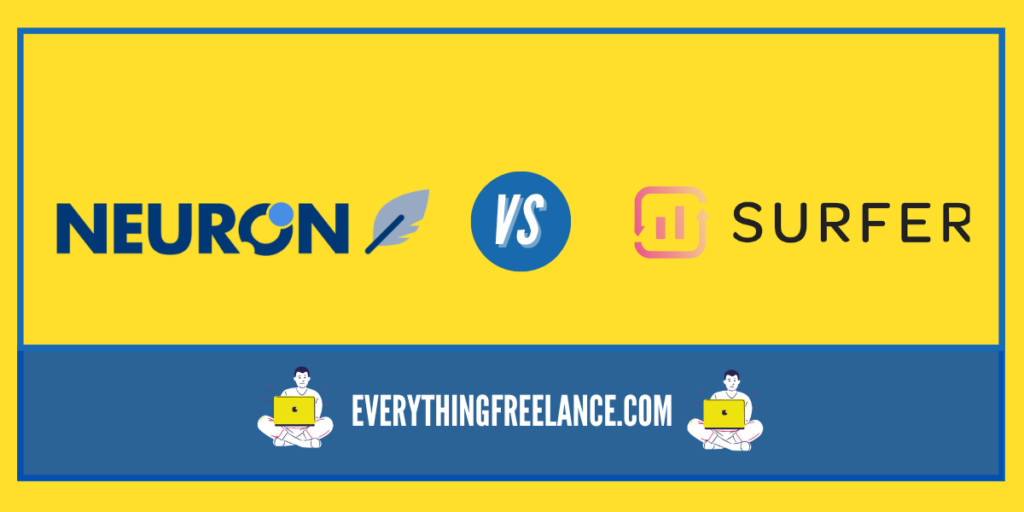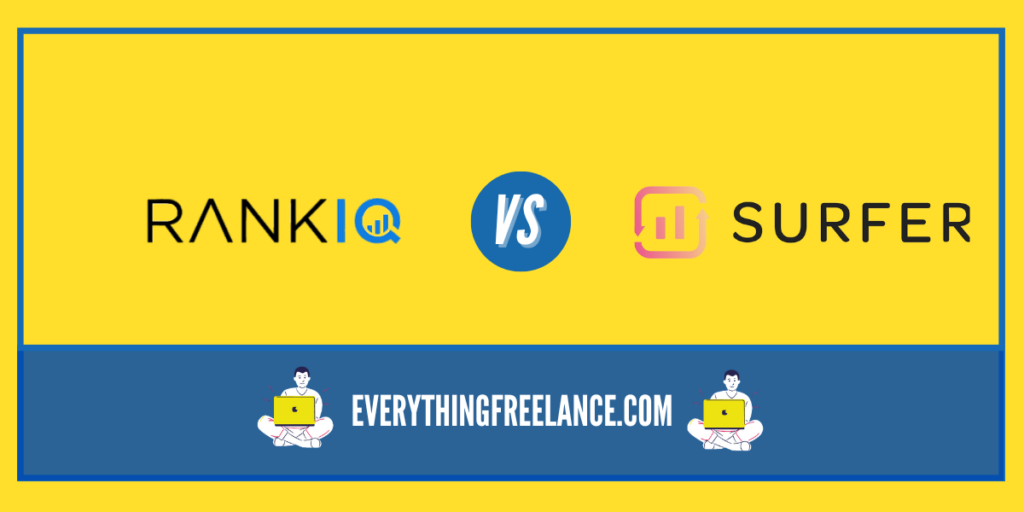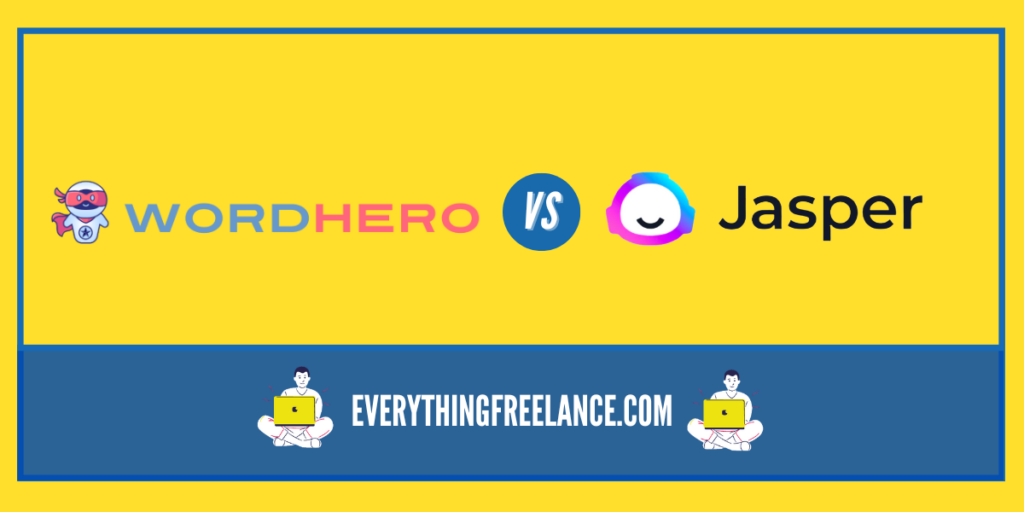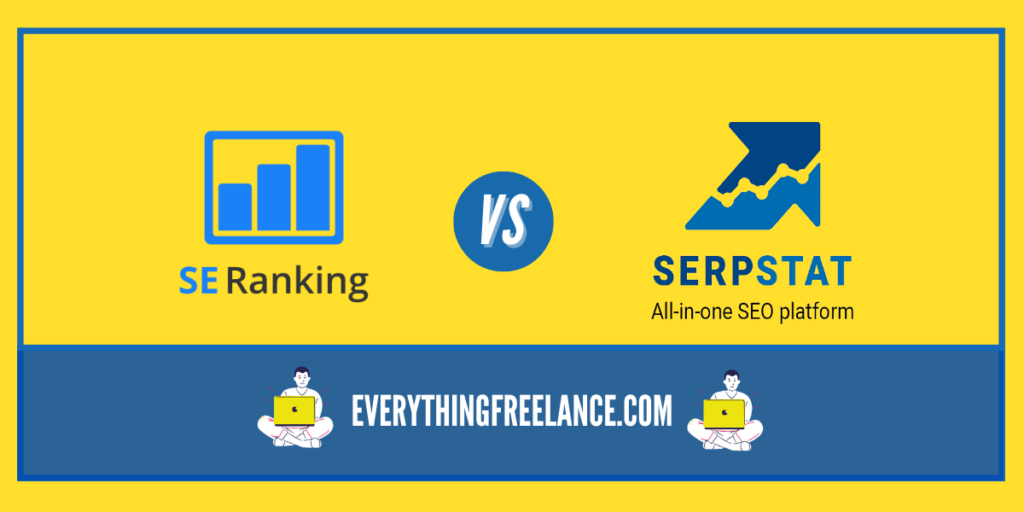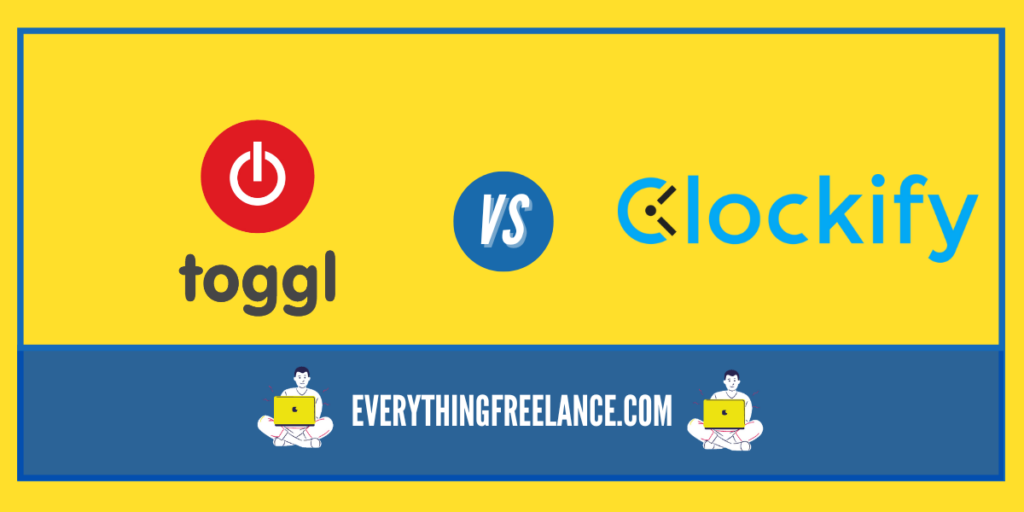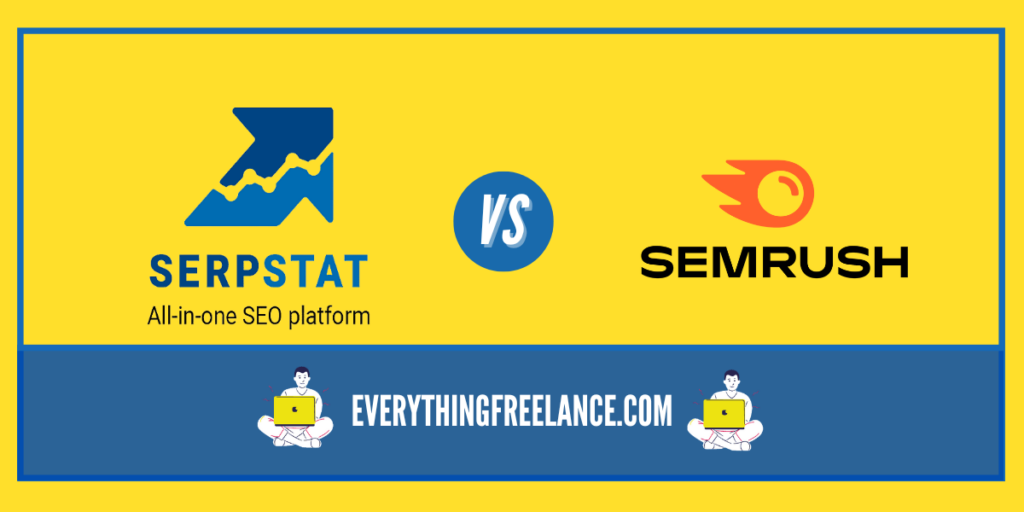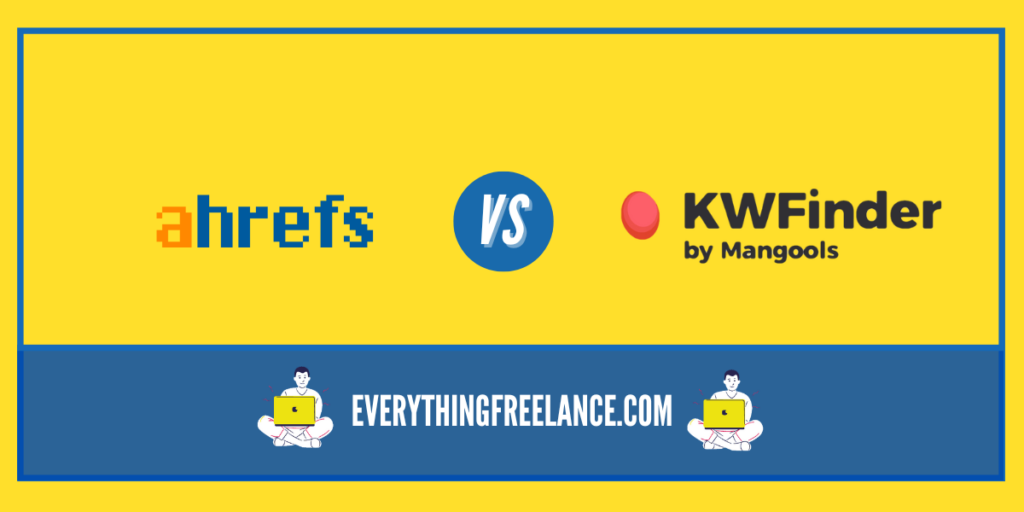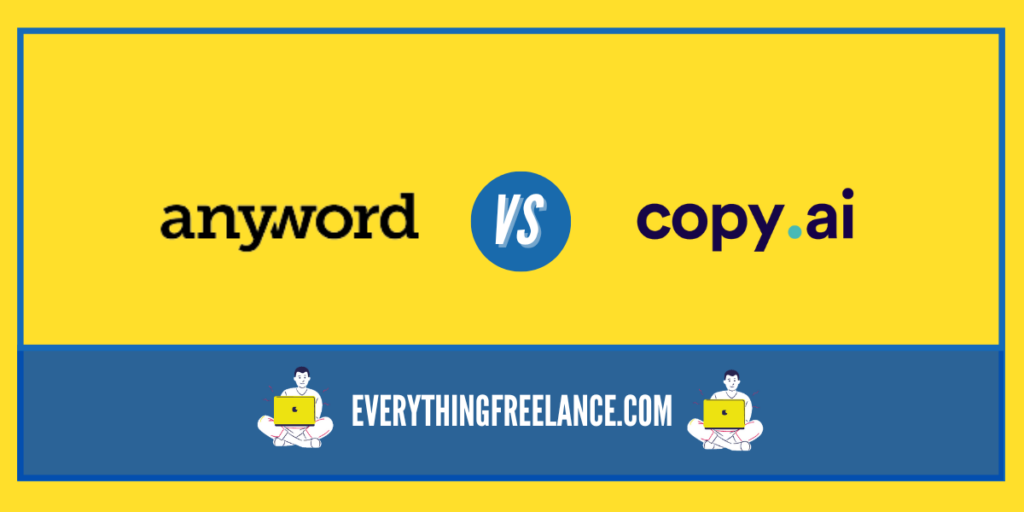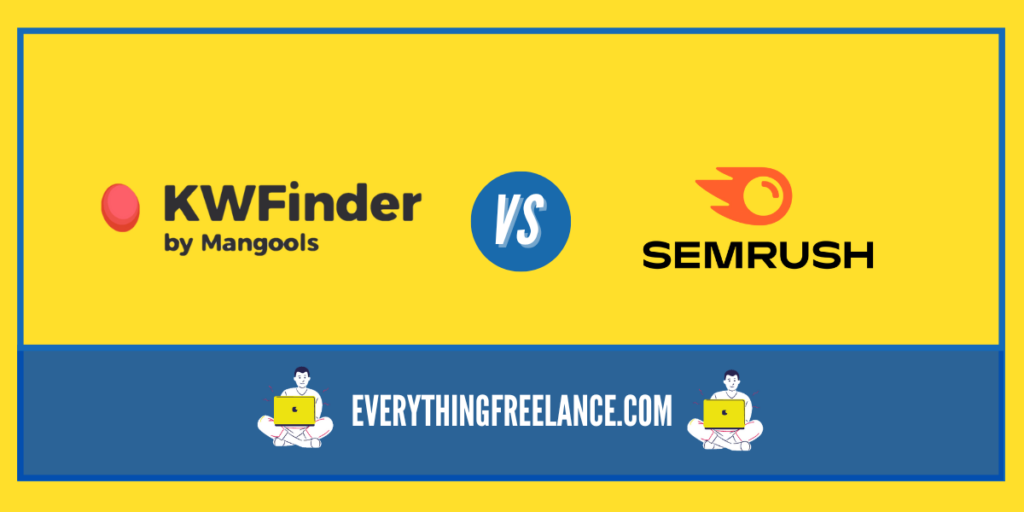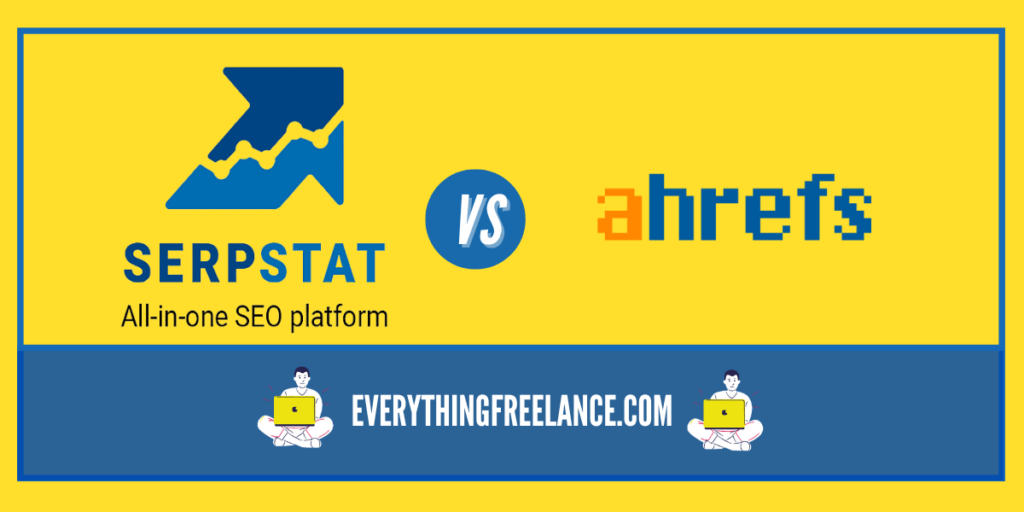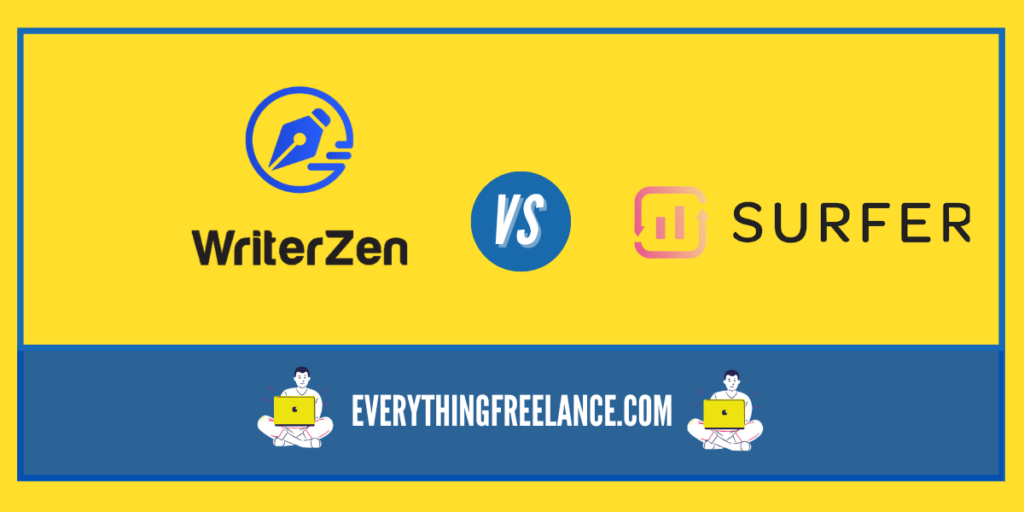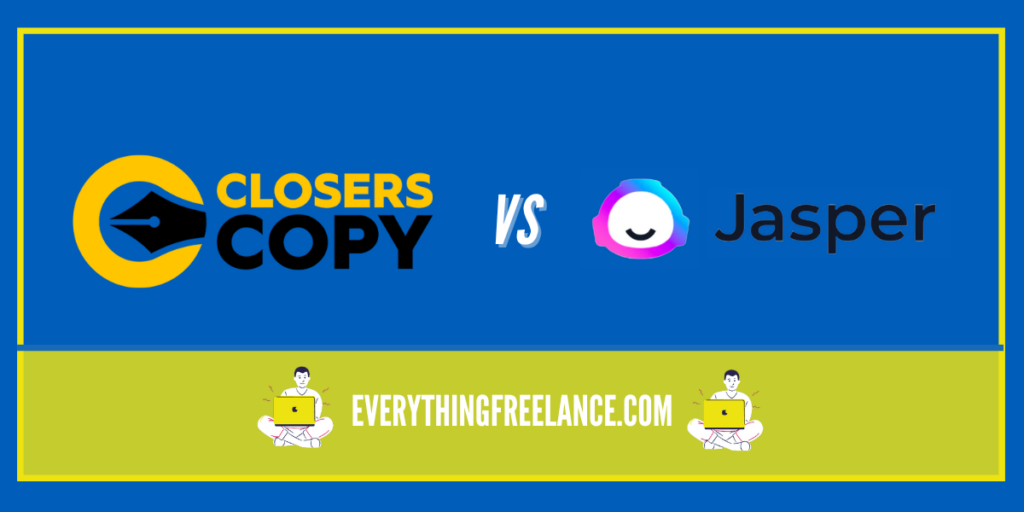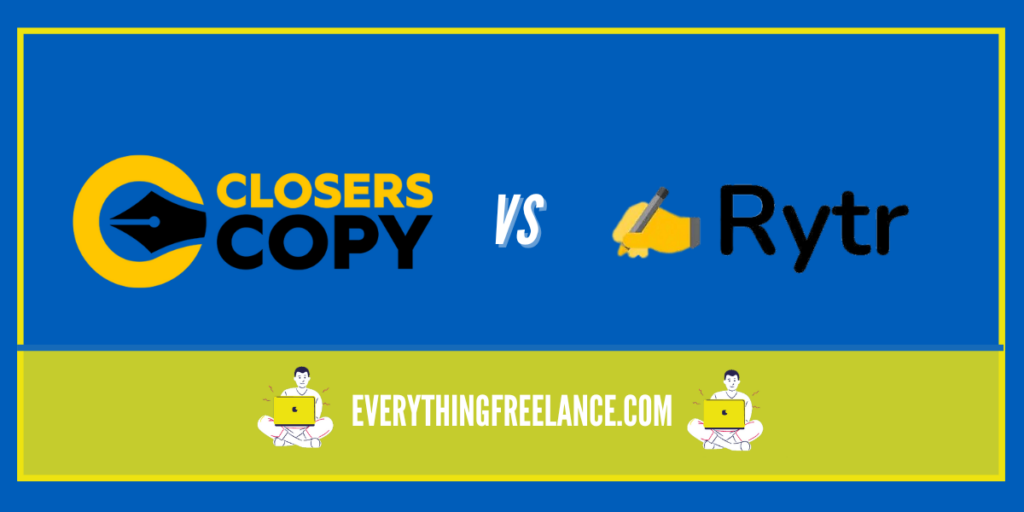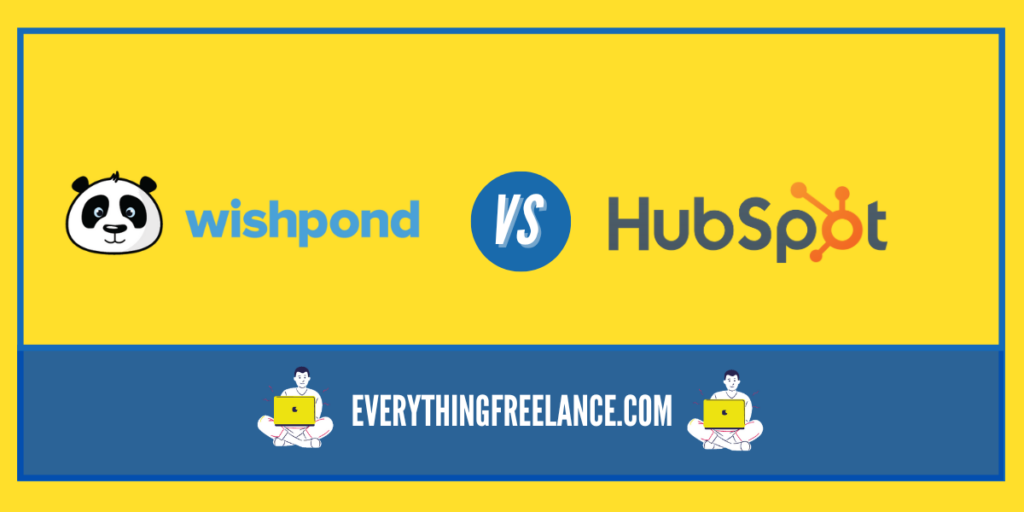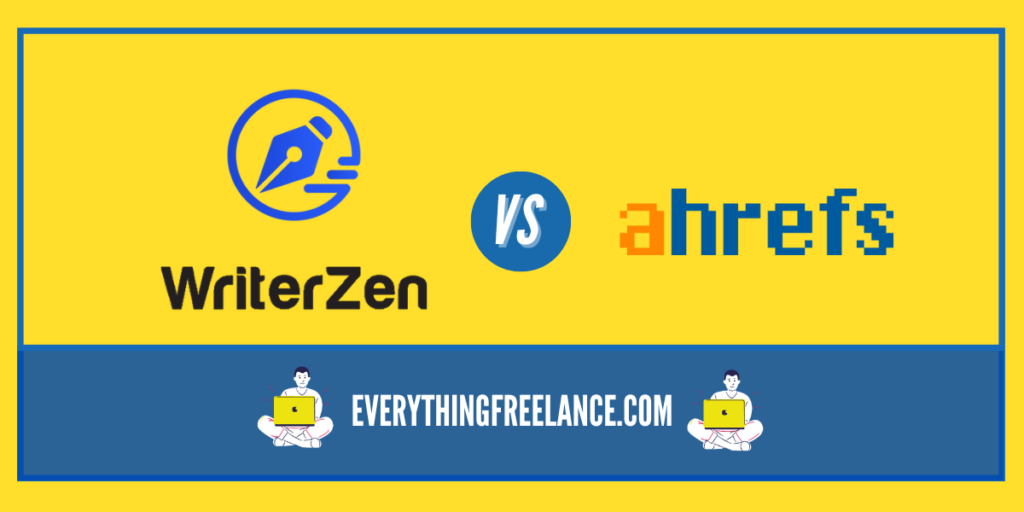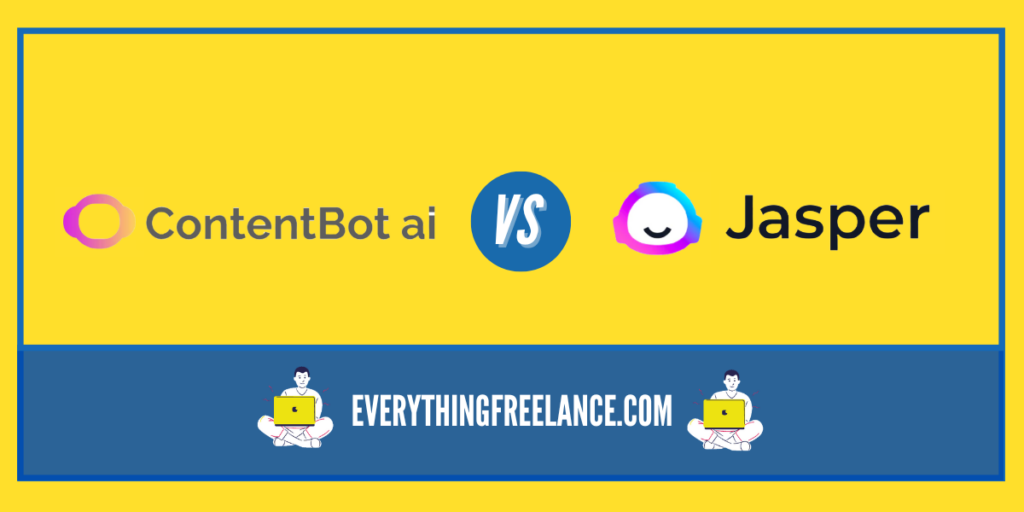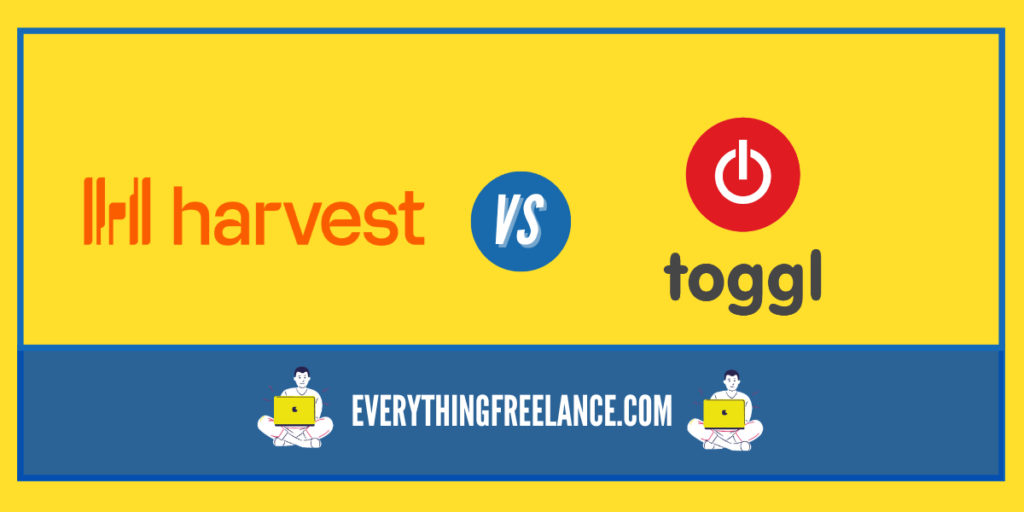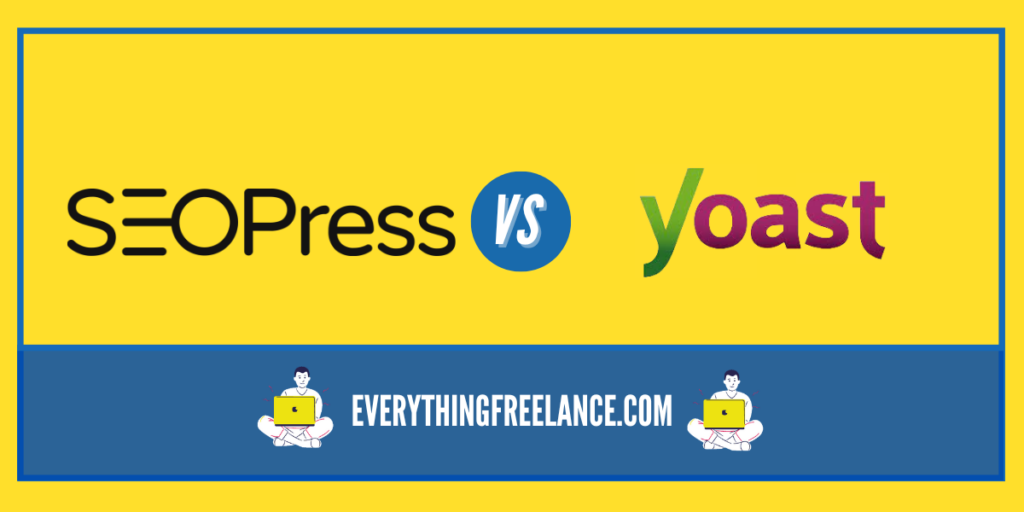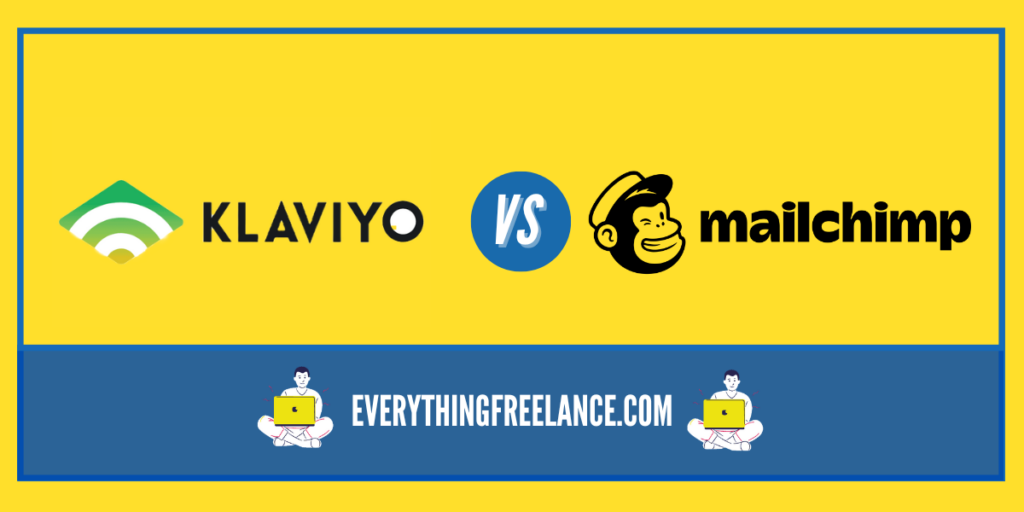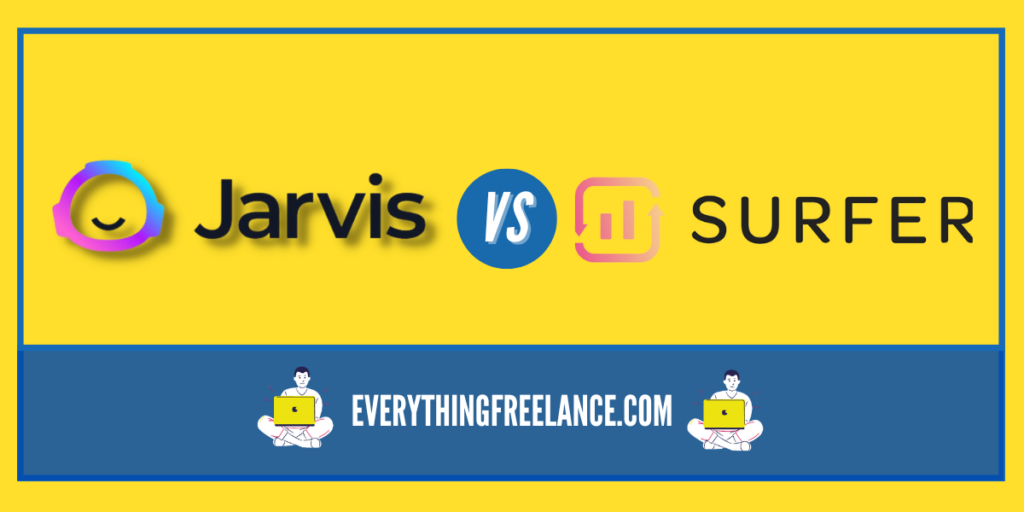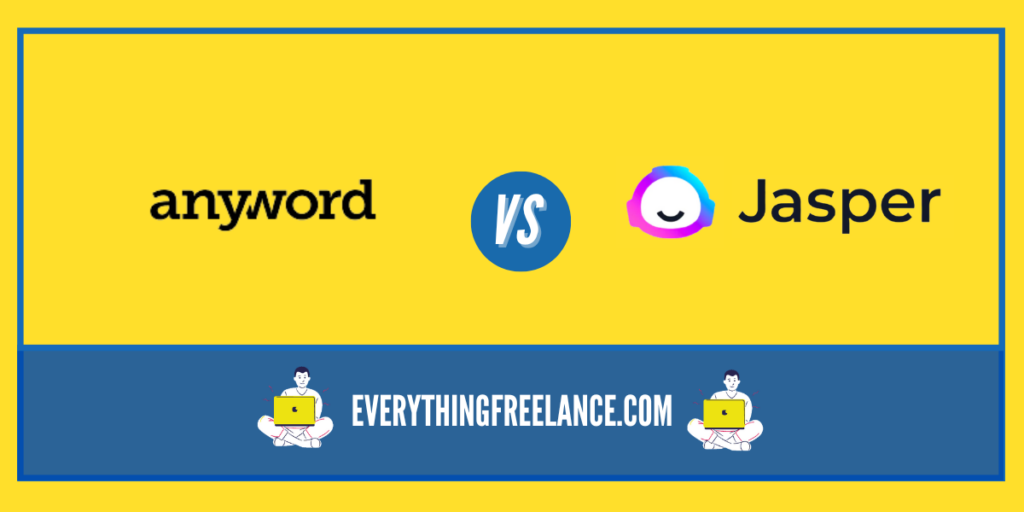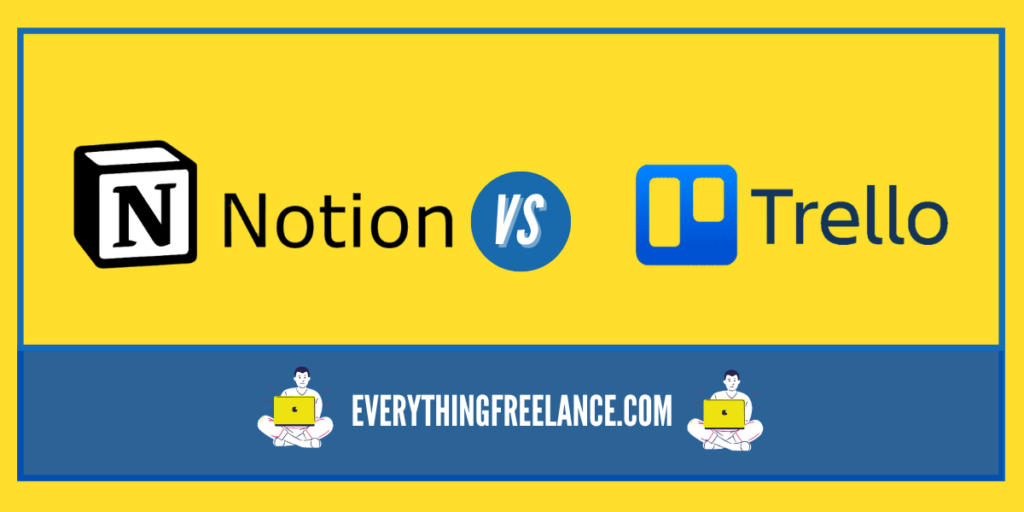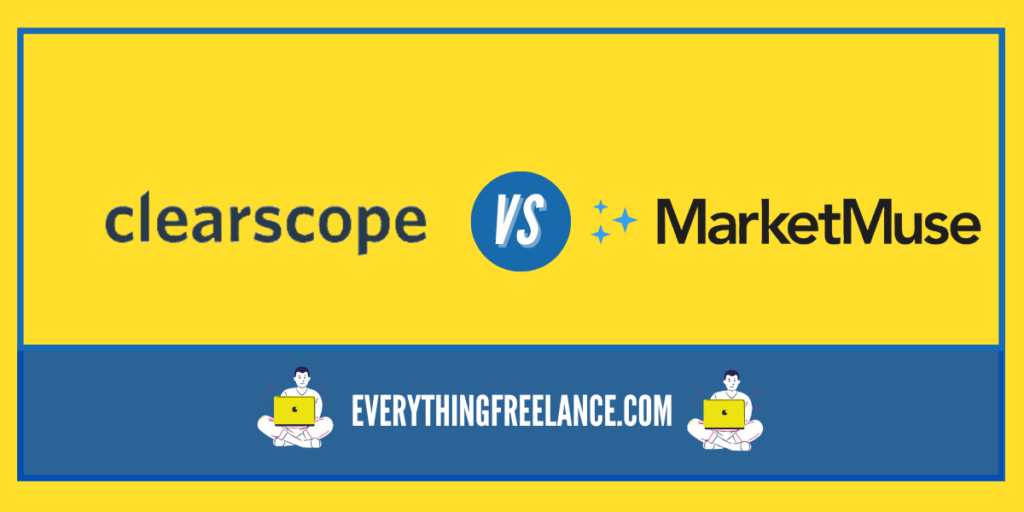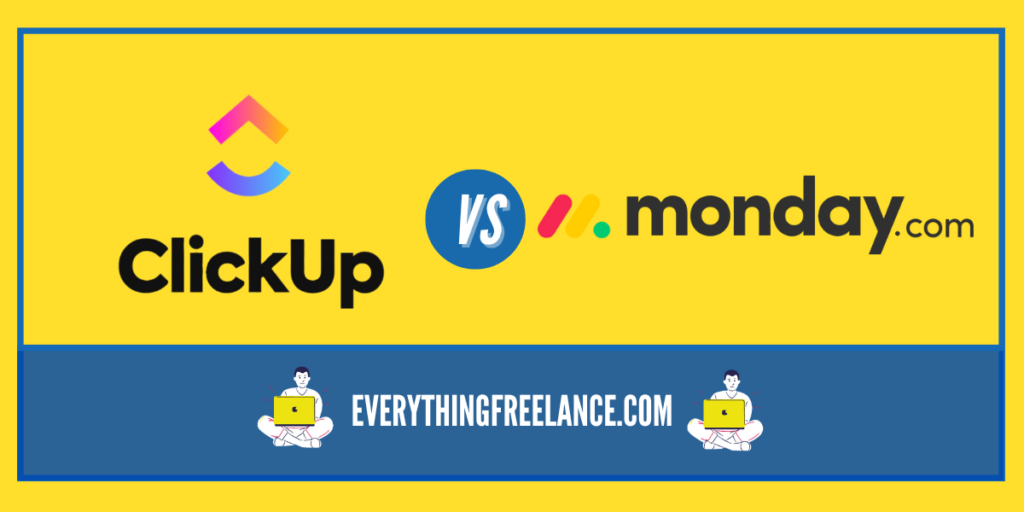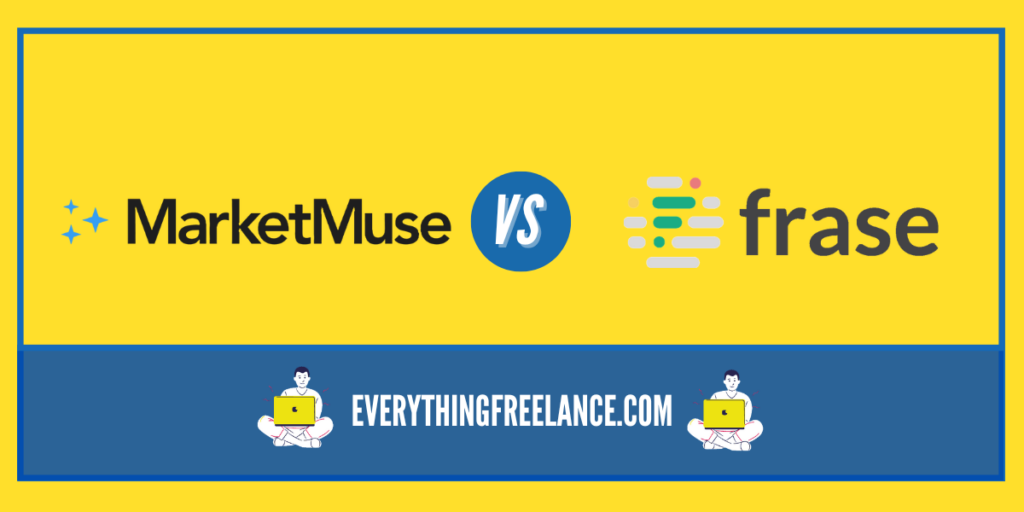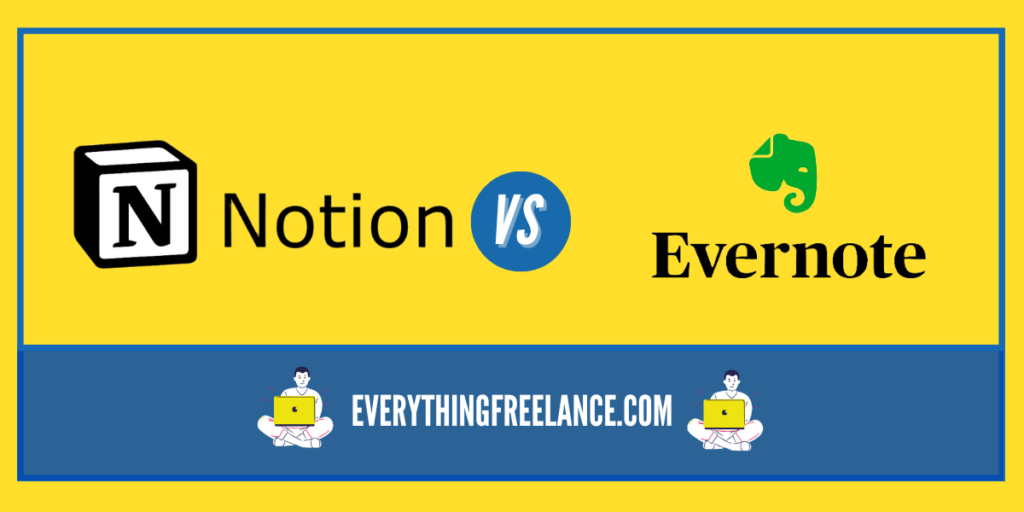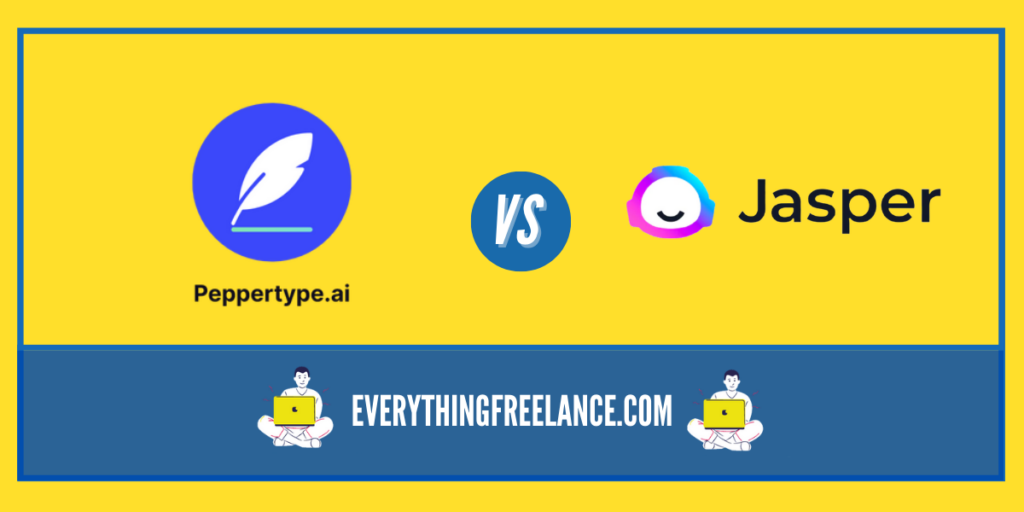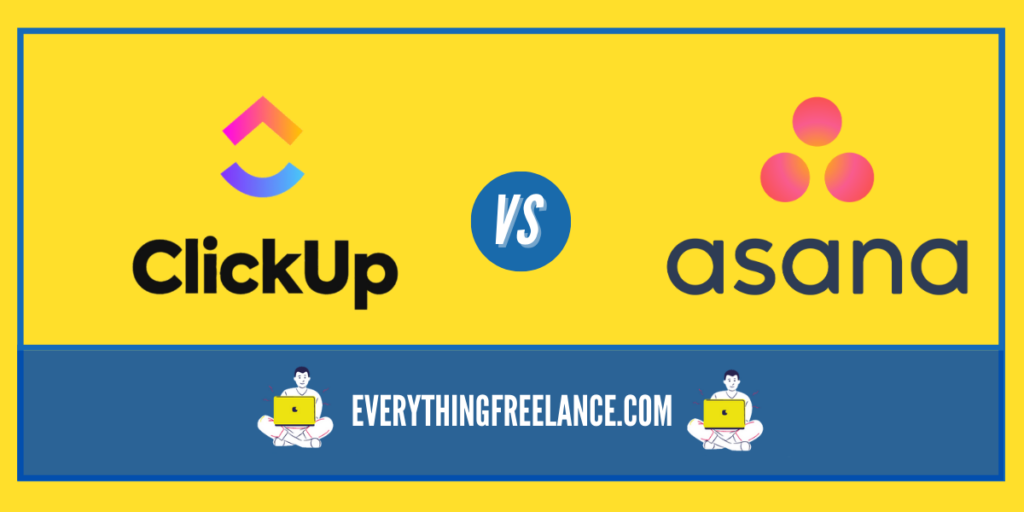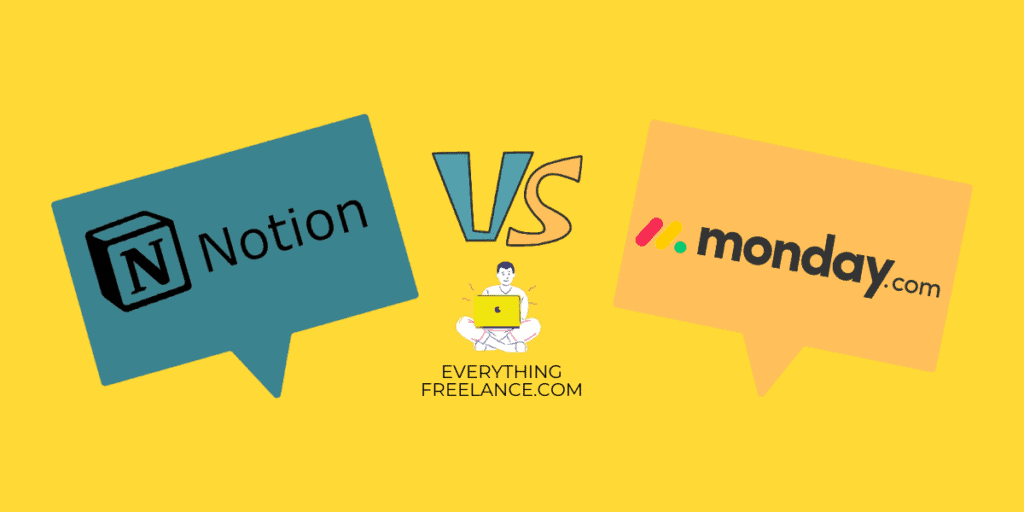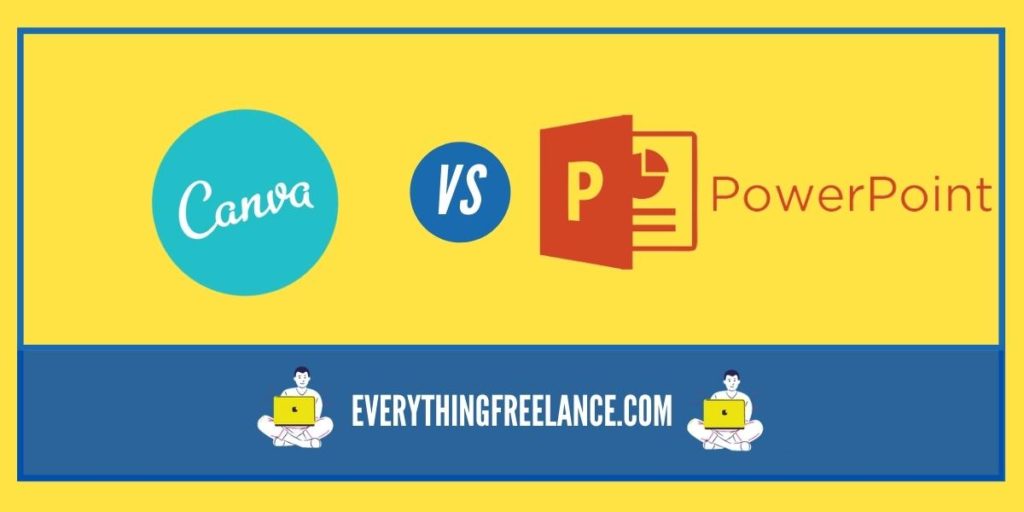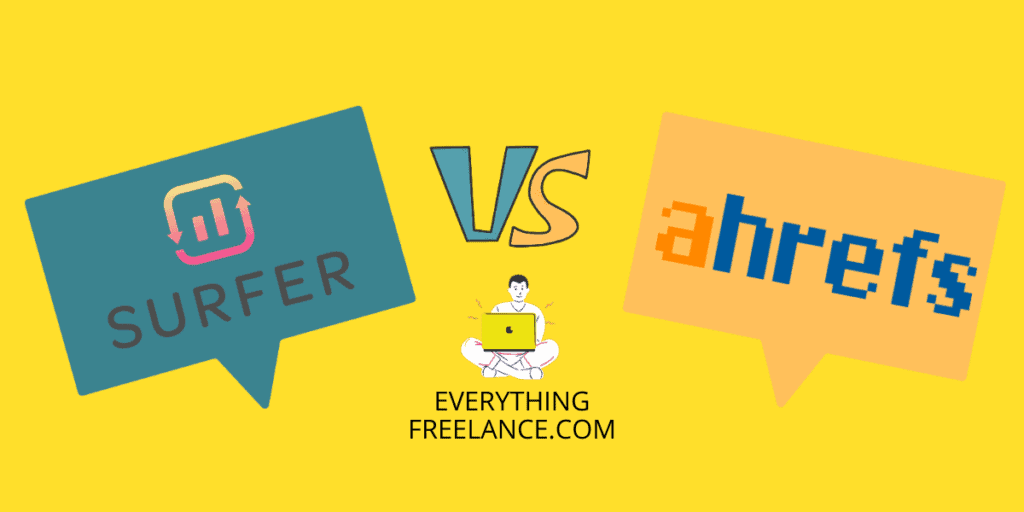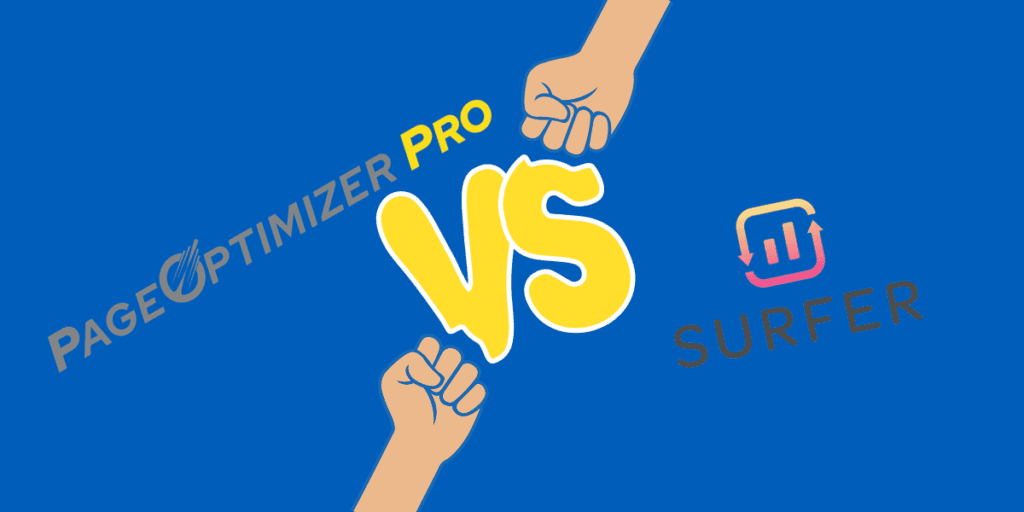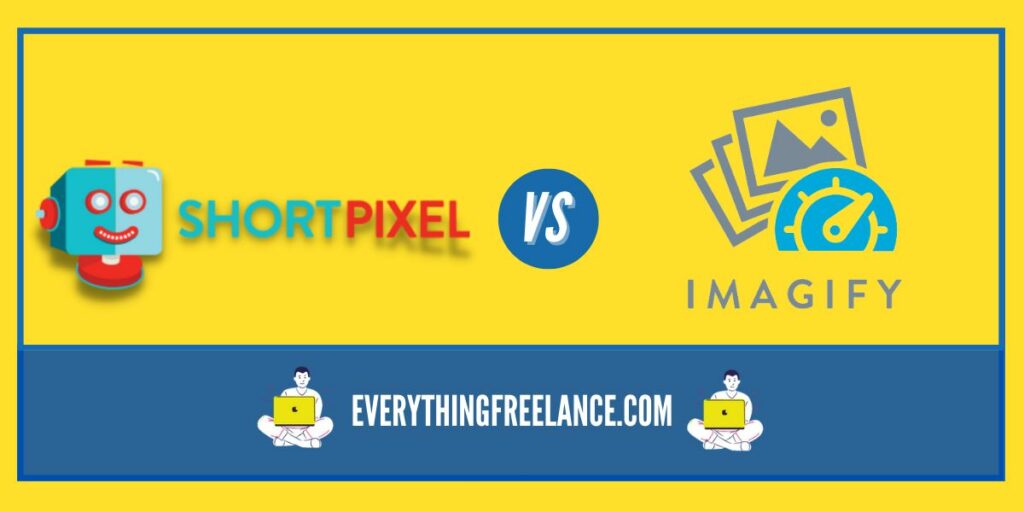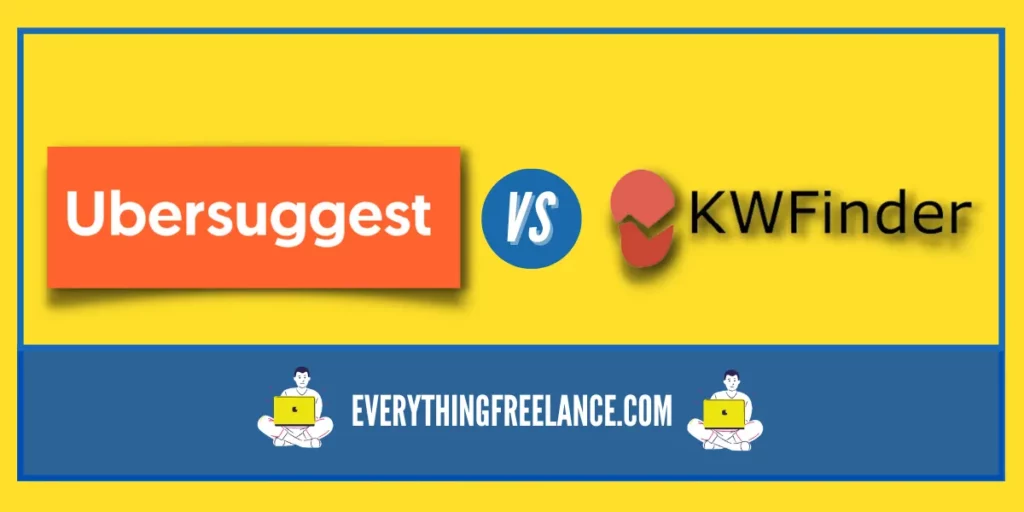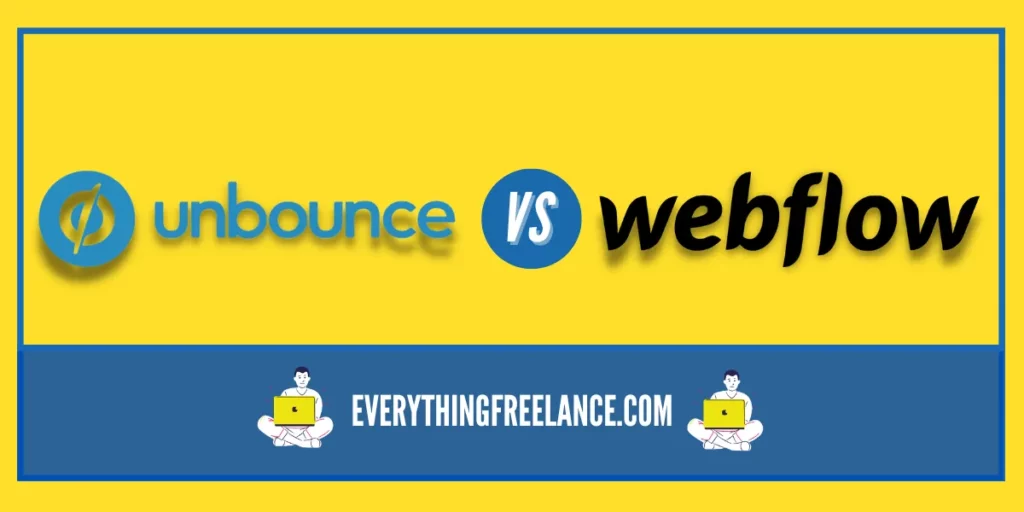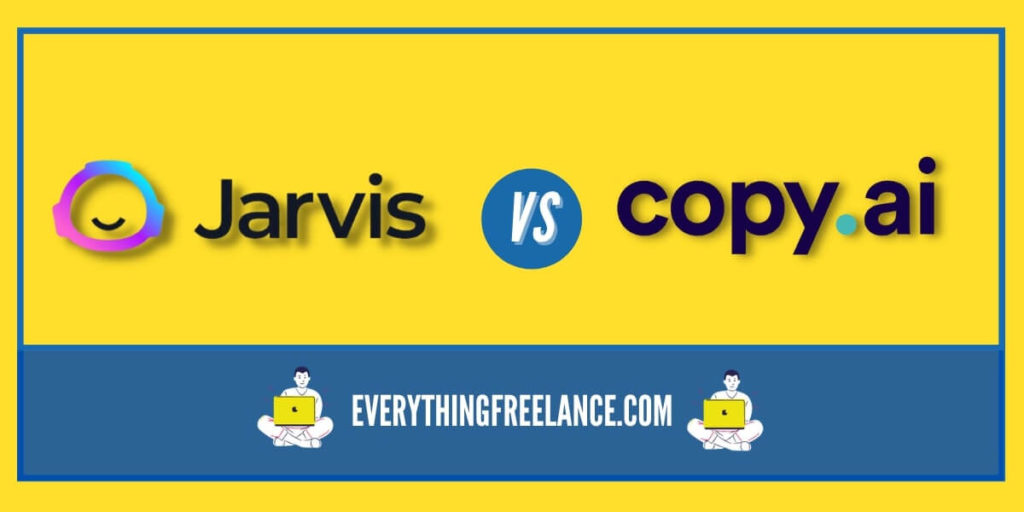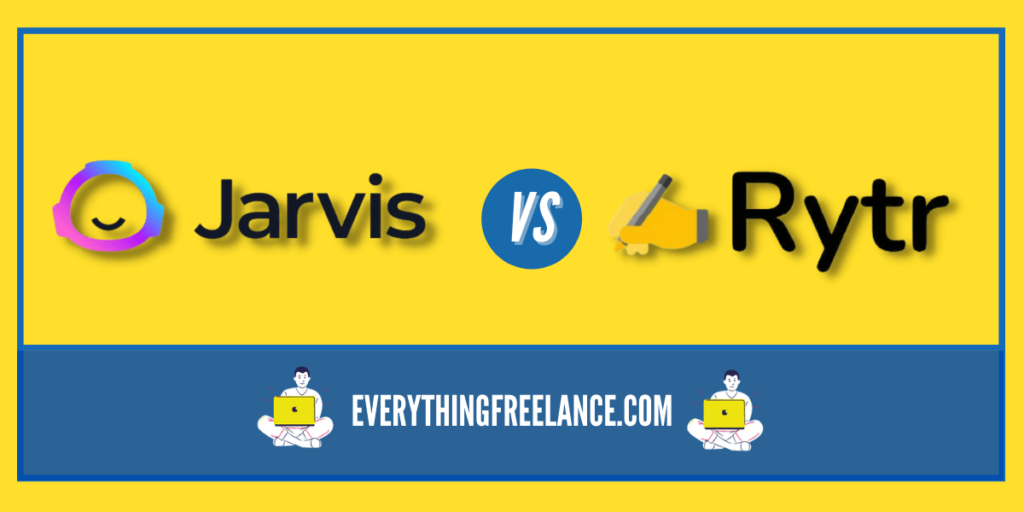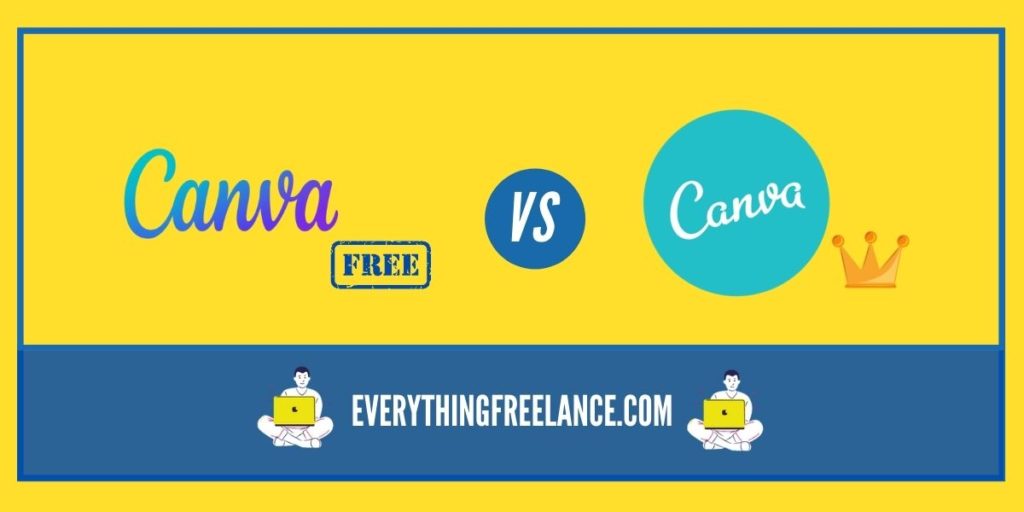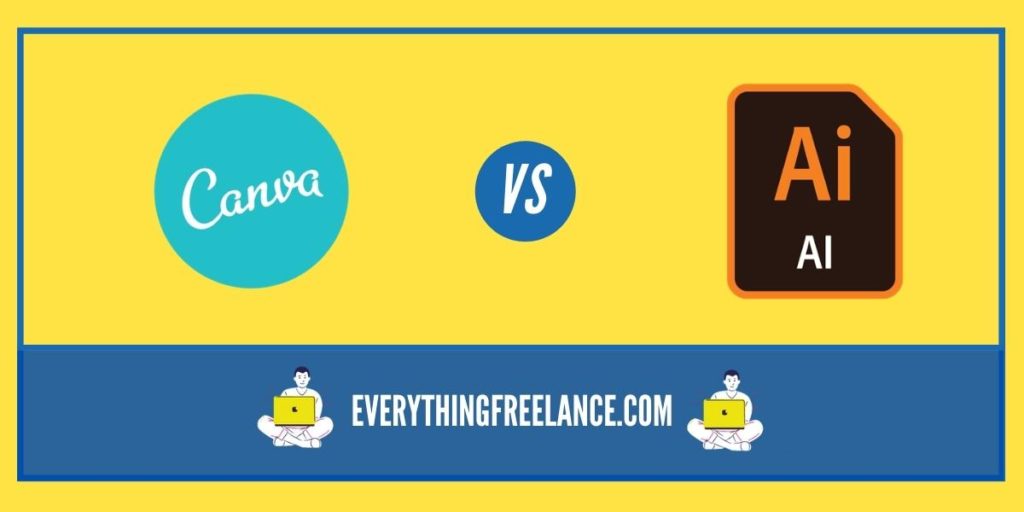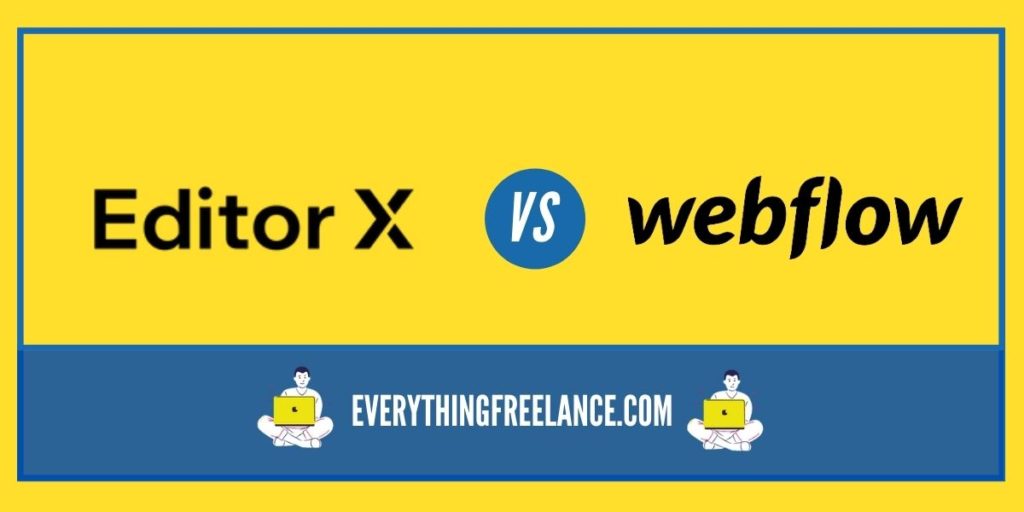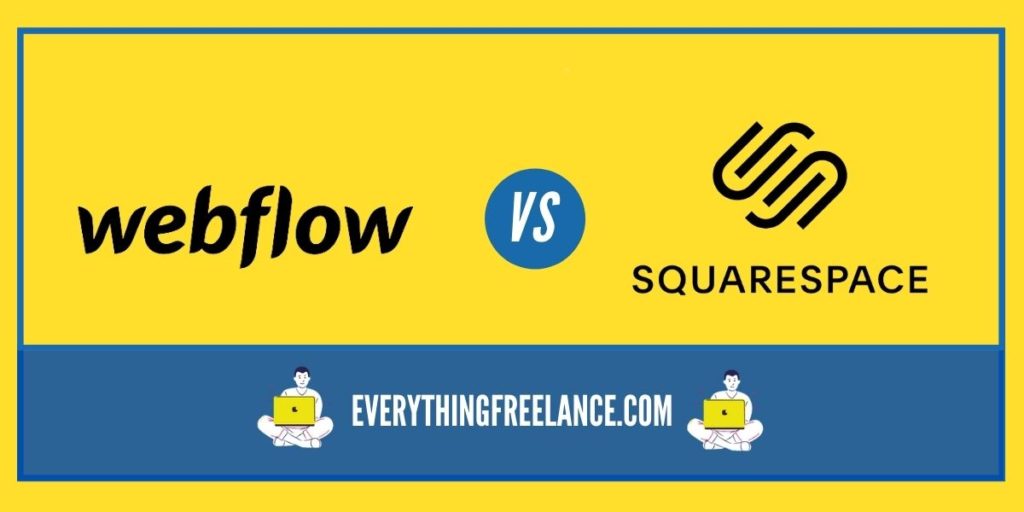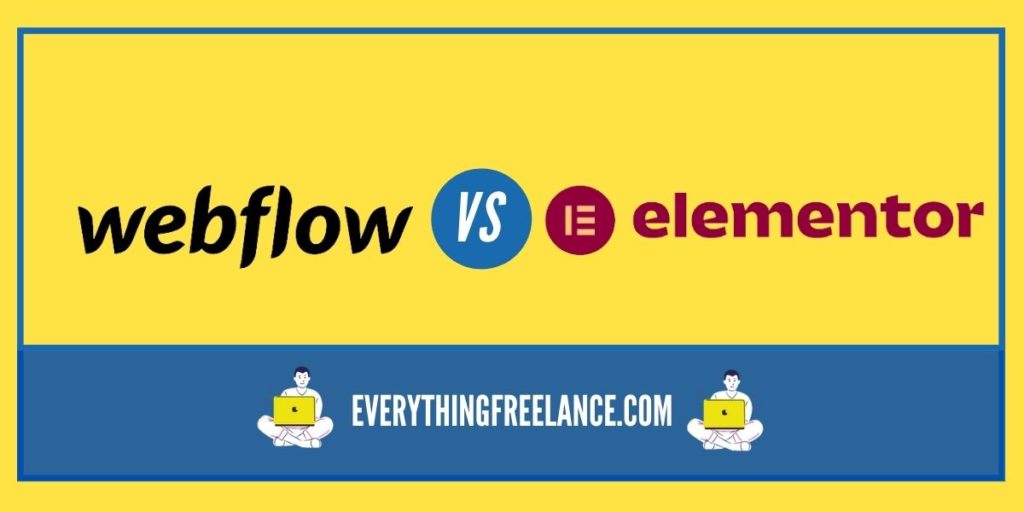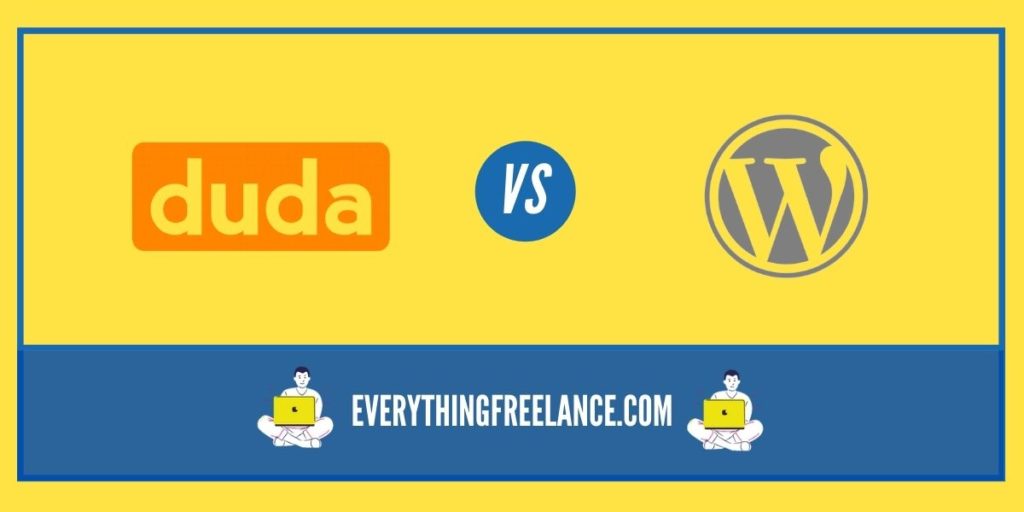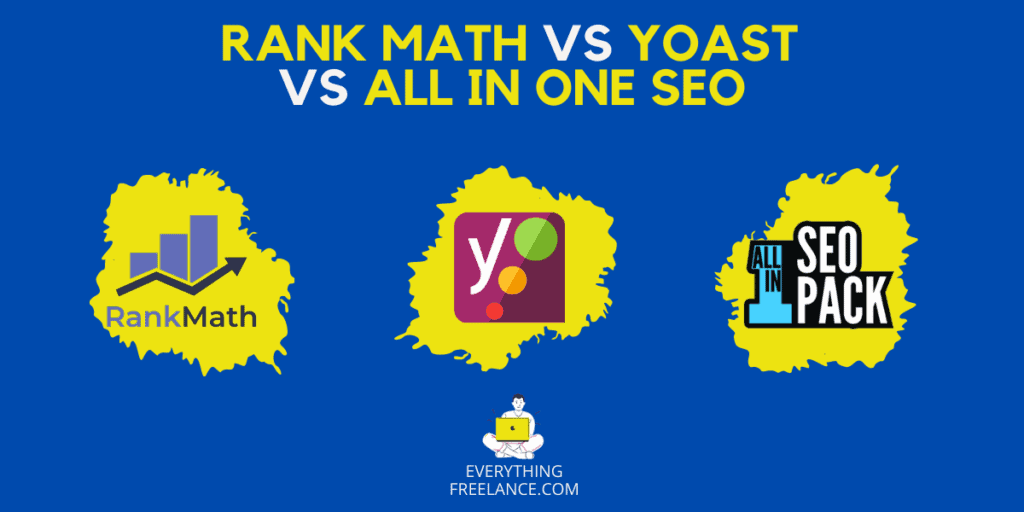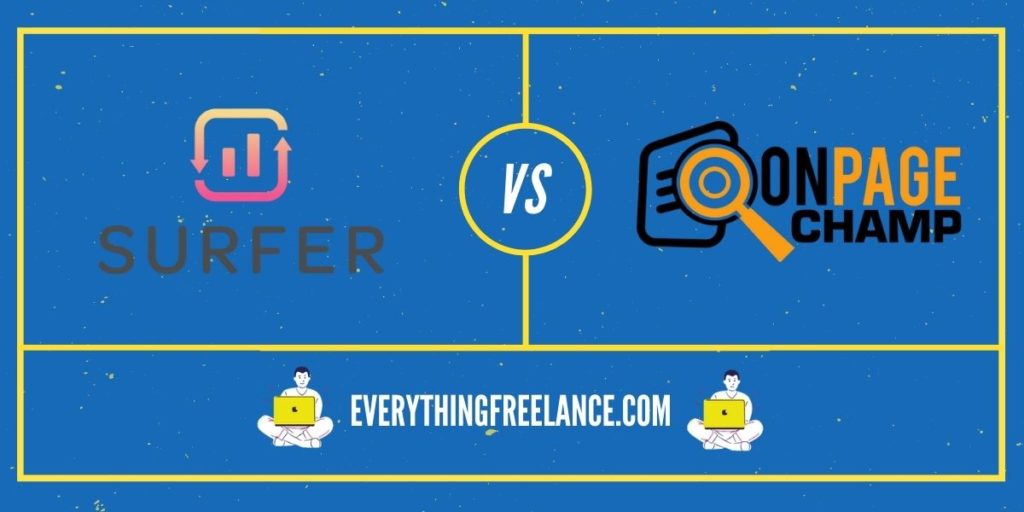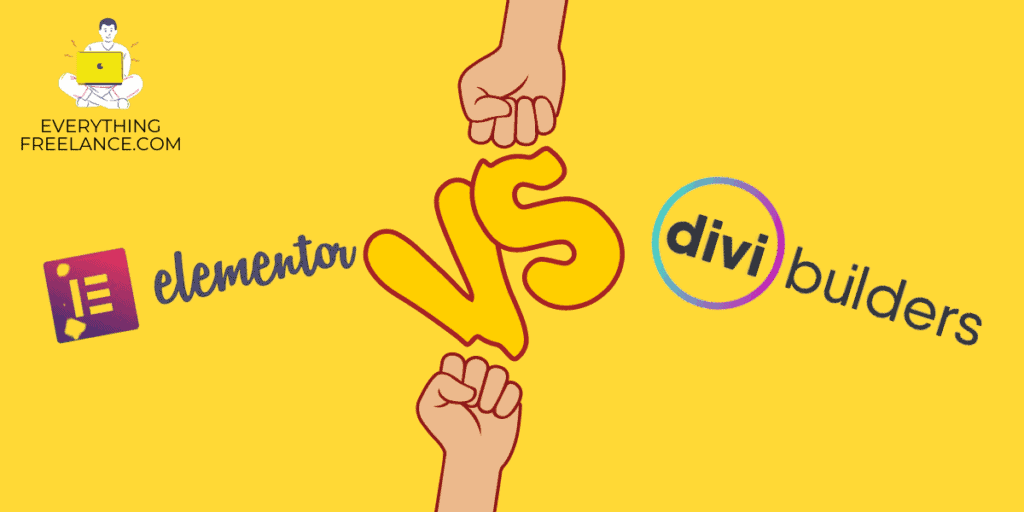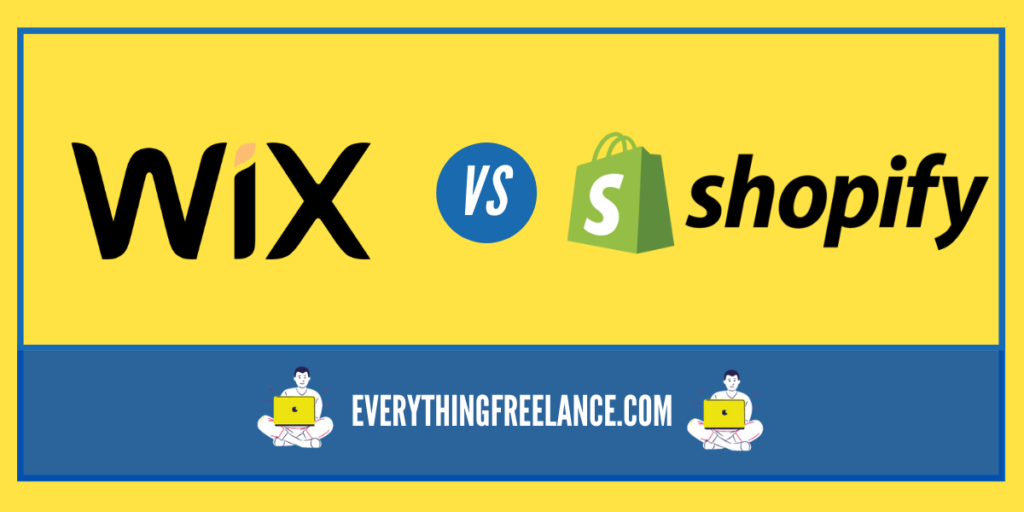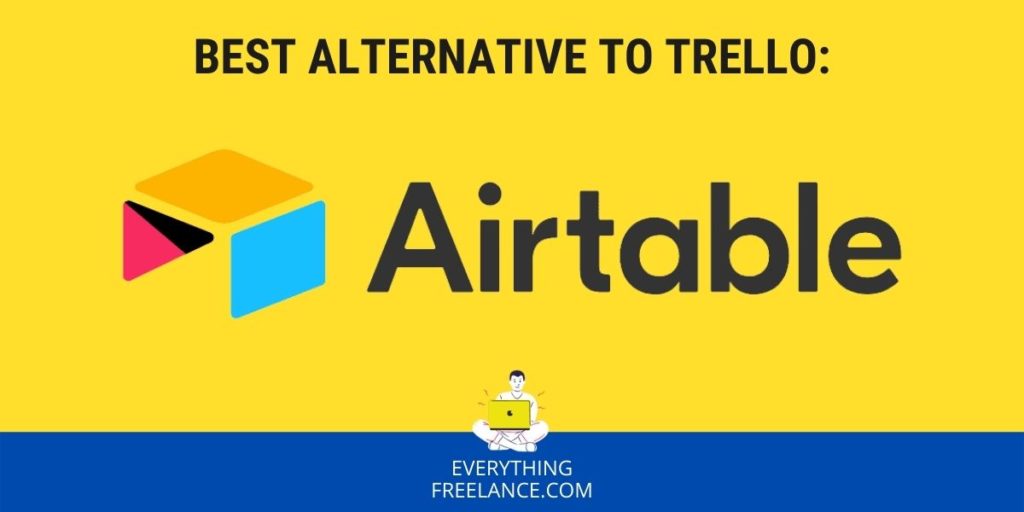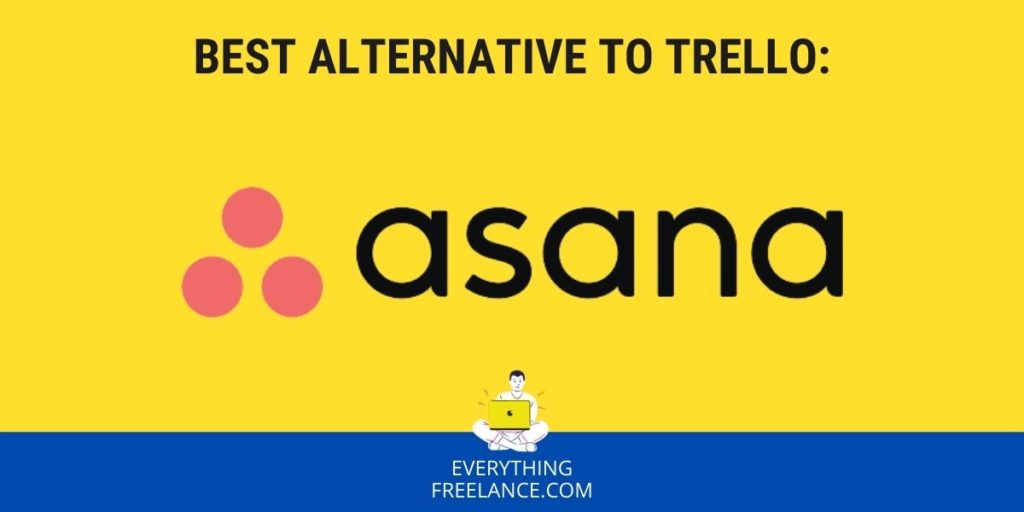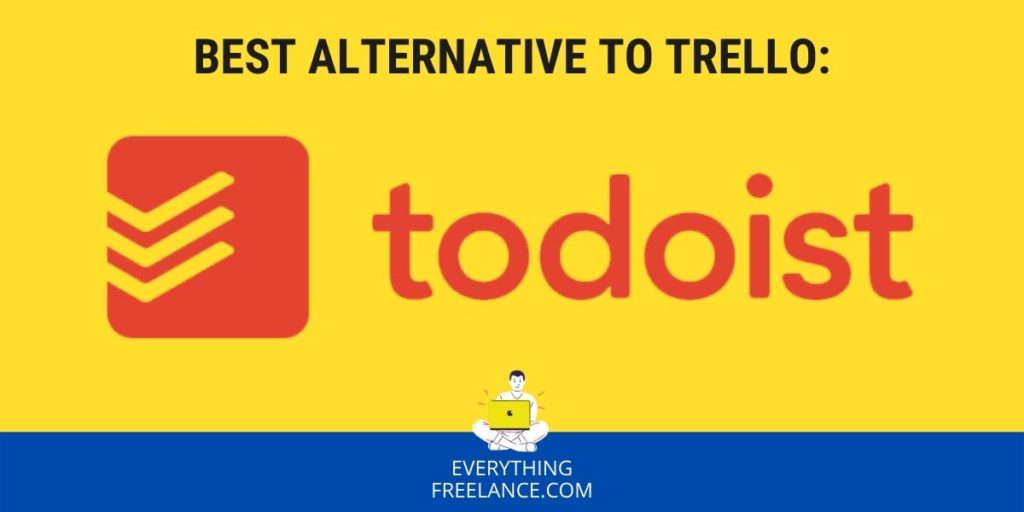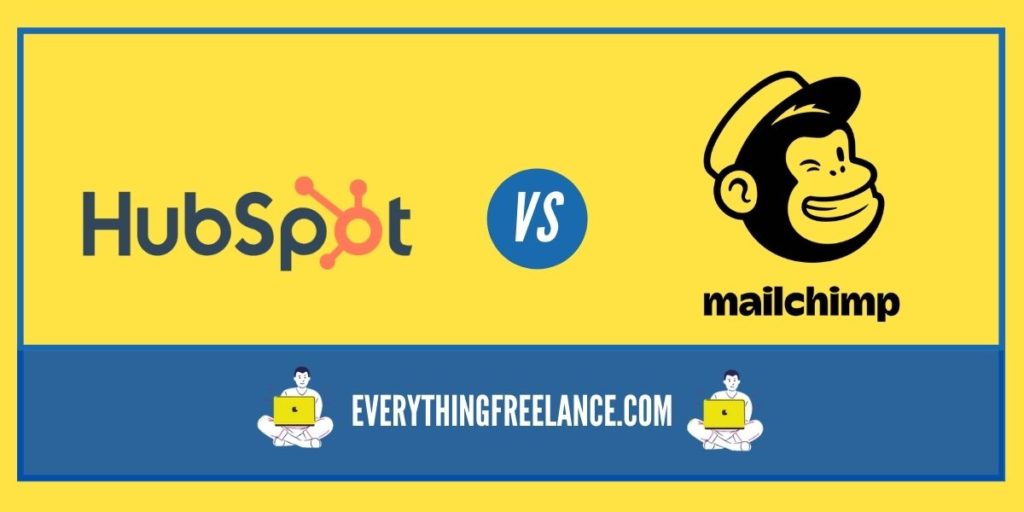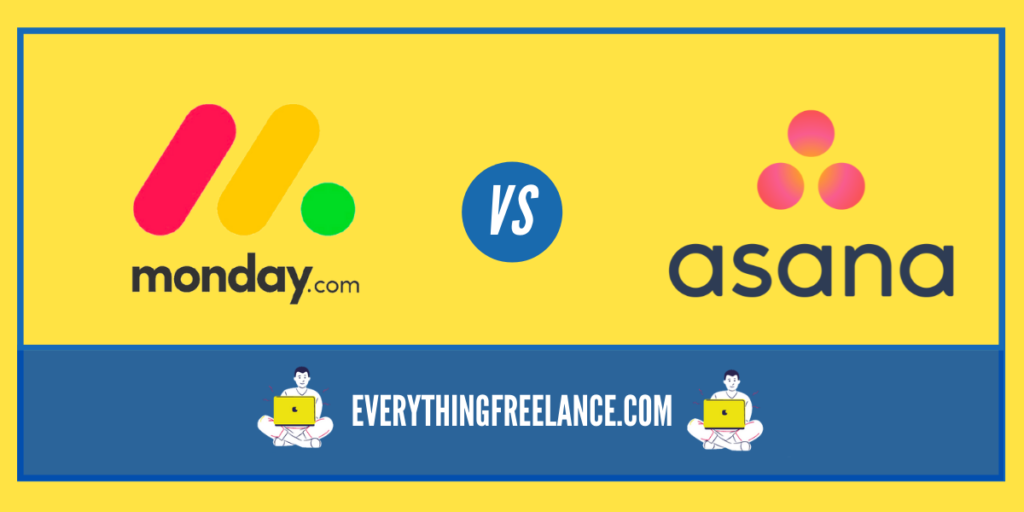The emergence of the Internet created an e-commerce revolution that’s projected to grow into a $6.5 trillion industry by 2023. Most small businesses are trying to keep pace with the ever-evolving industry, and for most entrepreneurs, e-commerce platforms are the perfect option for distributing their products.
Several companies provide a fully integrated online store, and Webflow and Shopify are two names at the top of the list. Both platforms have a reputation built on users’ trust that gets measured in the millions.
If planning to expand your business with an online store, then analyze all the nuances, and give your vote in the debate if Webflow vs Shopify is the best option for your business plan.
Choices are never easy, especially when they involve monetary investments. That’s why we took both platforms under a microscope, pinpointed the pros and cons of the e-commerce giants, and will hopefully help you select the suitable option.
keep on reading to find out the best review of webflow and shopify.
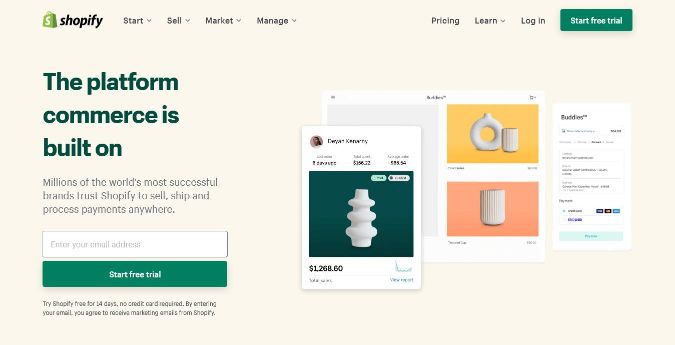
At a Glance: Webflow vs Shopify
Shopify has risen as one of the market leaders in the e-commerce sphere, thanks to its retail point of sale systems and webshops. Since its founding in Ontario, Canada, in 2006, the company has accumulated 1.7 million users from over 170 countries.
Shopify achieved its global reach as a cloud-based platform that makes it possible to create and manage every aspect of an online business through a smartphone. The success of Shopify didn’t go unnoticed across the southern Canadian border, and in 2013 the American rival Webflow joined the international family of e-commerce platforms.
It didn’t take long for Webflow to catch up to its competitors. Thanks to the proprietary software Visual Editor that enables users with some programming experience to design and launch websites, the provider has carved its own space in the market. Webflow incorporates a hosting platform, marketing tools, and CMS, while the speed with which users can launch an online store is unmatched in the industry.
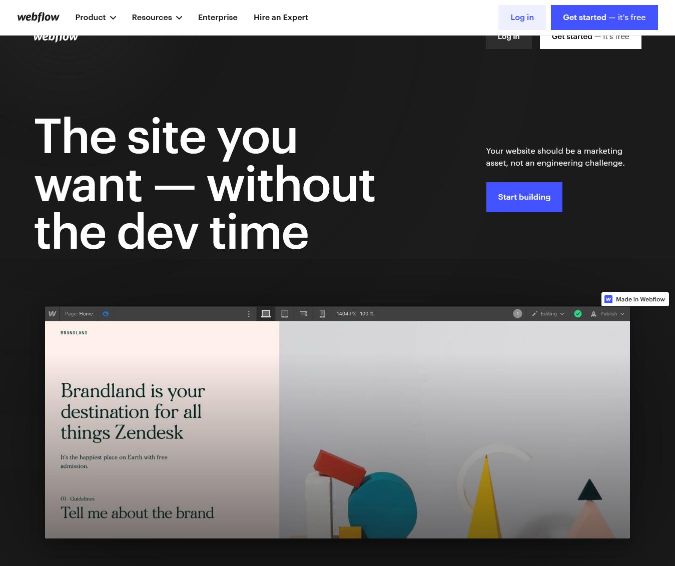

Key Features of Webflow and Shopify
The website is a calling card to the world, and a customer’s first impression can make or break a business. When choosing an online partner, entrepreneurs need to guide themselves by their priorities and options to maximize the return on their investment.
Being in the same niche industry, deciding between Webflow eCommerce vs Shopify comes down to the specific details.
Webflow was envisioned as a programming portal, focusing more on the CMS. The Webflow editor is not as intuitive as Shopify’s, but on the other hand, it incorporates freely with other applications.
Some of Webflow Features Include:
- No templates simplify and expedite customization.
- Full access to HTML, CSS, and JavaScript.
- Branded checkout pages.
- Custom-built shopping cart.
- Diverse product pages.
- Personalized emails.
- Store extensions with Zapier.
- Third-party analytics tools.
- Payment gateways like Apple Pay, PayPal, Google Pay, and Stripe.
- Integrated social media manager.
- Tools for creating newsletters.
- Blogging options.
A closer look at Shopify’s Features reveals:
- Option to modify the code
- Selection of 70 designed themes
- Great options for Dropshipping
- Free built-in payment gateway
- A blogging platform.
- Full social media integration
- Automated calculation of tax rates and cost of shipping.
- Abandoned cart recovery
- Direct selling with Facebook
- Potent app store for an expanding web store
- Support for discount codes, gift cards, and reviews
The overview of their features shows that Shopify is more accommodating for business owners that want to lunch an online store fast. Webflow offers more customizable options; however, to implement changes, a prerequisite is programming knowledge. The professionally-designed templates of Shopify do away with technical skills and make the process intuitive.
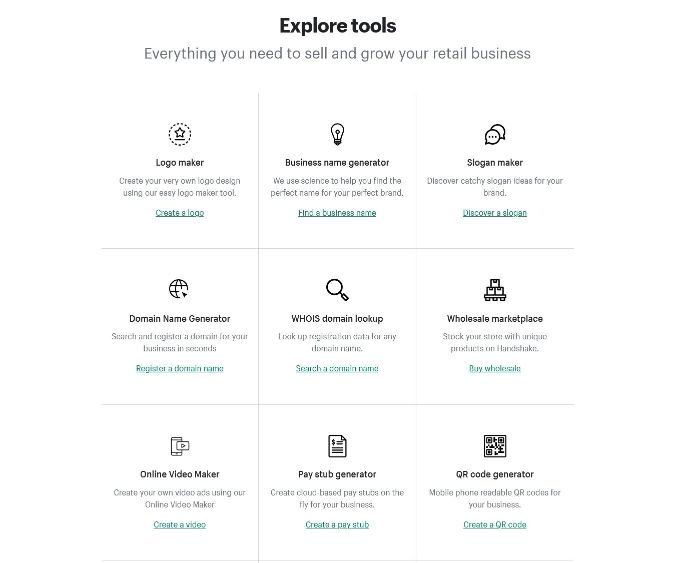
Webflow vs Shopify: Customization and Editors
The original concept behind Webflow is to serve as a one-stop-shop for designing websites. Unsurprisingly, it offers complete freedom in shaping a website layout and functionalities. As previously mentioned, the Visual Editor is in a class of its own and is limited only by the user’s imagination.
An extra benefit is the option to integrate animation tools from other software providers, making for a more professional and interactive online store.
The road to creating a unique-looking store is a bit harder with Shopify. The platform is template-oriented, and with 60 paid and 10 free versions, the options for diversity are limited. Templates are modifiable, yet without coding skills, the user will have to hire a developer to implement the changes.
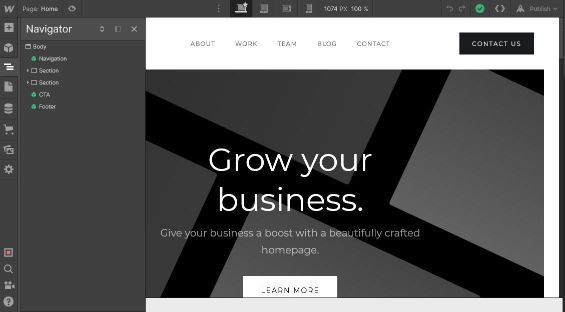
The Visual Editor Is the Engine Driving Webflow:
Like coding, Webflow provides a visual interface to implement the wanted solutions. Some of the important elements are:
- More complicated than other page builders. Coding skills are required to take full benefit from the platform. At a minimum, basic knowledge of CSS and HTML is necessary.
- Drag-and-drop method for main elements. Selecting the position and style of elements in the sidebar is possible. However, dragging things to a random position is not allowed as the content gets broken up into sections.
- Similar to HTML and CSS coding. This means users have more direct control over the layout. No middleman software is needed to translate users’ instructions, and settings get implemented on the actual page. Making it a more reliable option when compared with alternative page builders.
- Custom fields and content types. Webflow makes it possible to create dynamic collections. This includes content like products, blog posts, basically any list of objects with some kind of properties or fields that are freely customizable.
The Theme Editor in Shopify Is Intuitive:
Shopify’s straightforward approach for building a page offers functionality, yet the theme editor has limited possibilities for customization. Some of the elements include:
- Not drag-and-drop. Most users envision options to place elements where they want, but this is not the case with Shopify. It works as a sidebar with different fields to input text and a similar activate or deactivate option for the offered features.
- Themes have limitations. The customization options get limited with some themes that do not allow implementing features available in other templates.
- Make changes with a page builder. With page builder’s alterations to the main body of the page are possible. Changes to the footer and header are off-limits, as more intricate functionality like the cart.
- No custom fields. The title, price, description, and a few other options are the only details users can share about their products.
- Restrictions on types of content. Only a few types of content are offered, such as products, pages, and blog posts. Beyond these options, users cannot create new types of content.
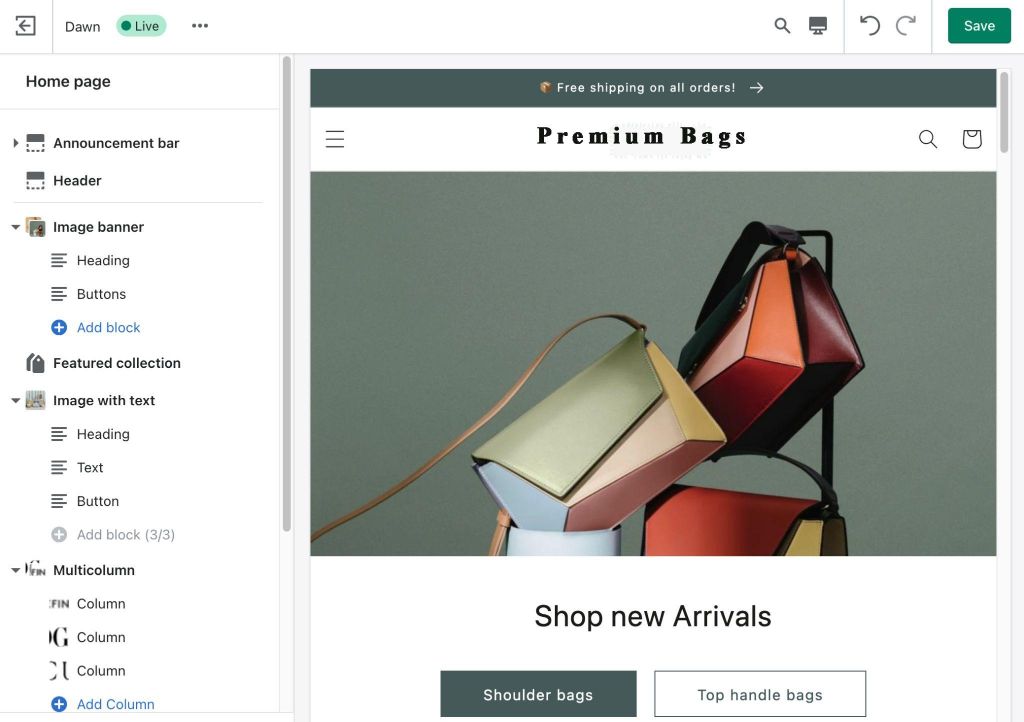
Webflow vs Shopify: Taxes and Shipping
The most exhausting yet crucial element for a successful eCommerce store is the processing of shipping and taxes—both Webflow and Shopify attempt to make the process fluid.
Shopify works with different shipping providers to offer the most affordable prices. All calculations are automated and available in real-time, without third-party integration. Just like with shipping costs, taxes get calculated automatically. There is an option to set up manual tax rules for any region.
Webflow also tries to simplify calculations for VAT and sales tax. Everything gets performed automatically, yet the option is offered only to users from the US, EU, Canada, and Australia.
The provider allows manual shipping rules. The advantage is to determine free shipping or define prices concerning weight.
Webflow vs Shopify: Payments Methods
As a leading eCommerce platform, Shopify strives to appeal to a wide range of consumers, and its portfolio offers over a hundred payment gateways. Credit card payments get processed via brand names like PayPal and Stripe, among others.
A big plus with this platform is the proprietary Shopify Payments system, a repacked Stripe version. The two main features include no transaction fees, something standard with other providers, and the multi-currency options if working internationally.
In comparison, a reduced number of payment options are available n the cashier’s section of Webflow. Big names like Apple pay, Stripe, and PayPal are present, and for all of them, a standard 2% fee gets charged. This applies only to users on the standard plan, if subscribed to the Advance or Plus plans, it can go down to zero. Payments get processed only in one currency, but currency converters can be integrated into the website.
Shopify vs Webflow: Pricing
The cost of doing business is a well-known saying, and it applies when choosing an e-commerce platform. Getting a store off the ground can be expensive, and paying out of pocket can be risky without a good strategy for quickly attracting customers.
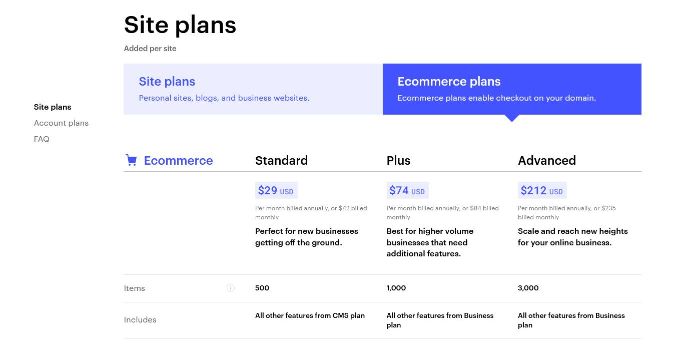
Three pricing tiers subdivide the level of options in Webflow. Selecting the basic plan sets you back at $29 per month and unlocks the CMS, emails, customizable shopping cart, and shopping portal. Hopefully, if you are successful, you will migrate to the next plan because the Basic plan has an annual support limit of $50,000 in transactions.
The next step up the ladder is named Plus plan and gets priced at $79 per month. It builds on the basic plan with unbranded emails, and no transaction fees. The Plus plan cashiers’ section can handle up to $200,000 in transactions per year.
If the company makes serious strides in the market, the Advanced plan is inescapable at $212 per month. The name says it all, and it’s truly the ultimate level with no fees on a transaction and annual limits.
Shopify’s pricing model is similar to Webflow, with few subtle differences. Just to be clear, there are no free subscriptions. A two-week demo option is available for the preferred subscription, enabling testing of features before deciding on a payment plan. A lite version of Shopify is available for only $9 per month for beginners, making it a solid option for integration into an existing website.
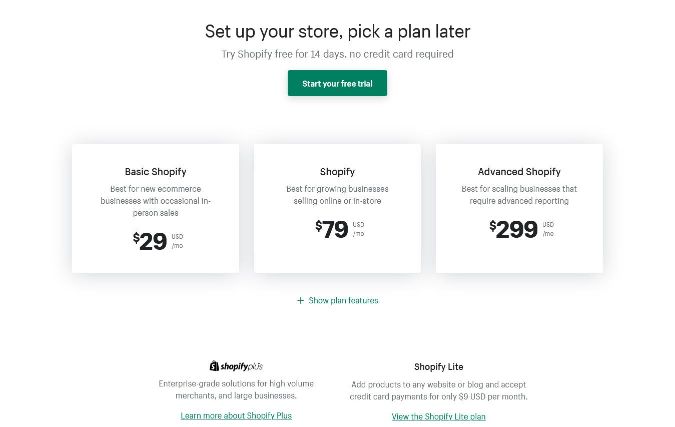
The Shopify basic plan is more impressive, enabling you to host an unlimited number of products for $29 a month. A huge selection of tools is at the fingertips of the store owner. You can directly print shipping labels, manage promotions and discount codes. Transaction fees get reduced to zero if opting for the Shopify payment portal.
When analytics signals the company is advancing into a growing territory, updating the Shopify plan at $79 per month is a reasonable choice. The advantage is to create extra promotions and shipping discounts. Gift cards are also possible with the Shopify plan.
Scaling an operation is best achieved with the Advanced Shopify plan at $299 per month.
Everything mentioned previously is available, with the option to calculate third-party shipping rates. Large brands can activate the Shopify Plus plan, starting at $2000/month, but the details get ironed out with a customer representative.
Final Thoughts
We hope this article helped put into perspective some of the key features in the Shopify vs Webflow debate. Your choice is dependent on the plans and circumstances in which your business is functioning, there is no one choice that fits all.
Shopify has climbed to the top of the e-commerce totem pole as a one-stop-shop platform. It’s scalable and feature-rich, plus a wide selection of plugins can get incorporated for fine-tuning the store to personal preferences.
The biggest drawback is the limited visual layout because templates easily can’t be modified. Yet you can be up and running with Shopify in no time, and it’s an excellent tool for managing day-to-day operations. It also has more SEO options, which is not surprising for a platform that is in the e-commerce niche.
In contrast, Webflow visual design is more advanced. It’s the junior player in the industry, and as such, it’s still evolving its services. Most of the features are compatible with Shopify’s offer. But still hasn’t acquired the brand recognition associated with Shopify, that’s become a synonym for an online store.
Webflow has an impressive set of features for designing and managing a site. It’s seen as the e-commerce platform for the future.
Online shops should be unique to meet different business models. The best way to select the perfect platform for your mission is to weigh in your thoughts in the Webflow vs Shopify debate.


